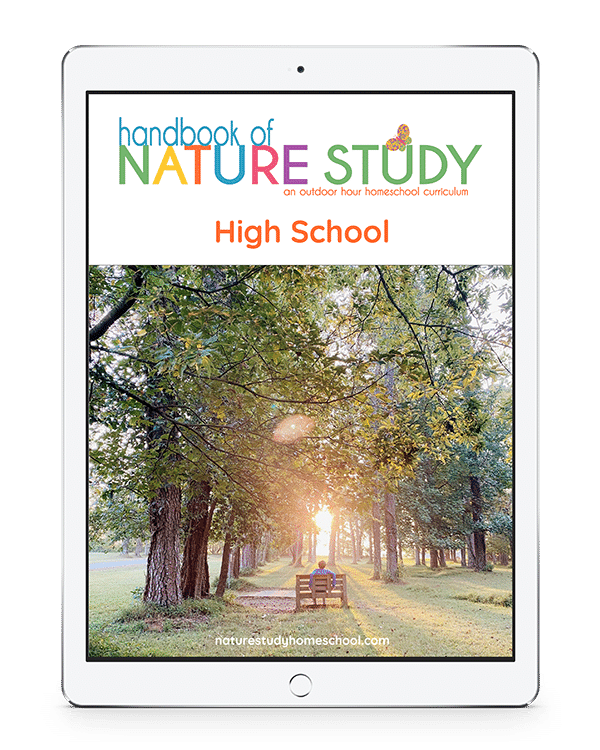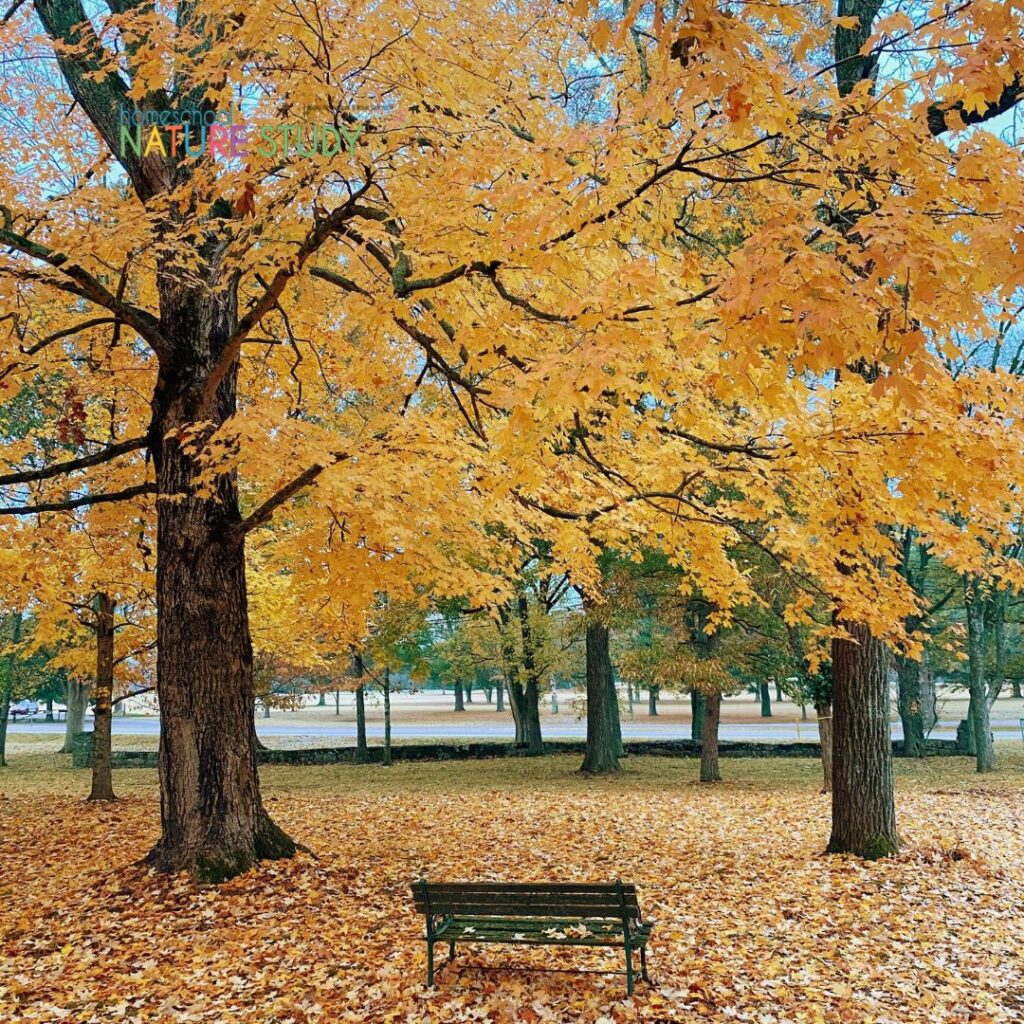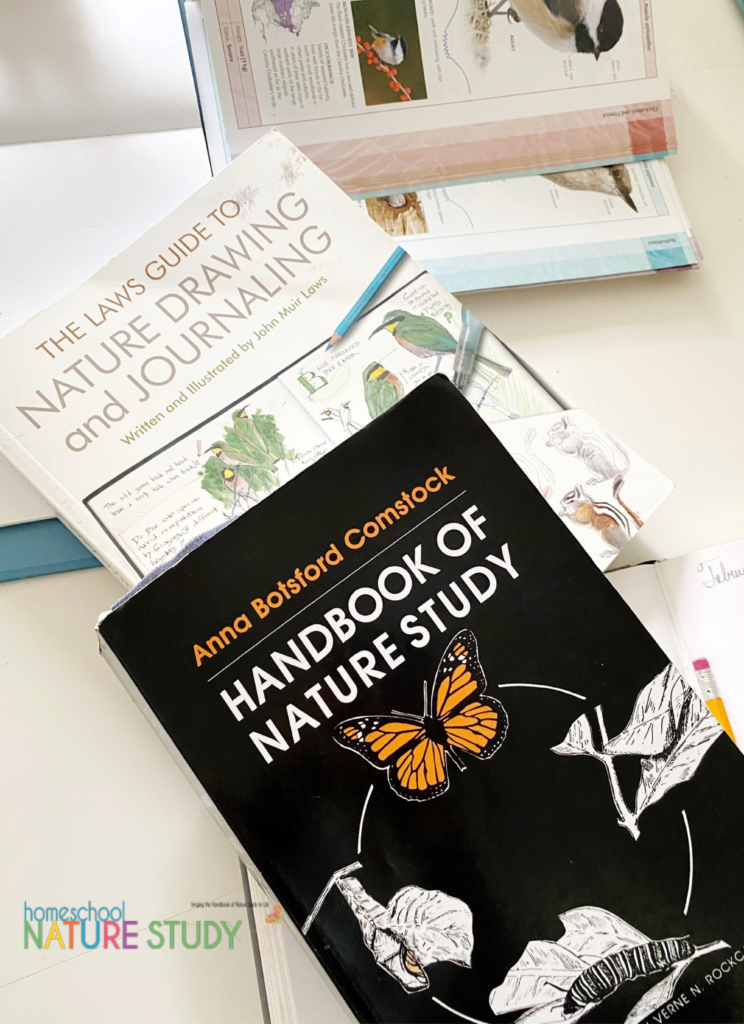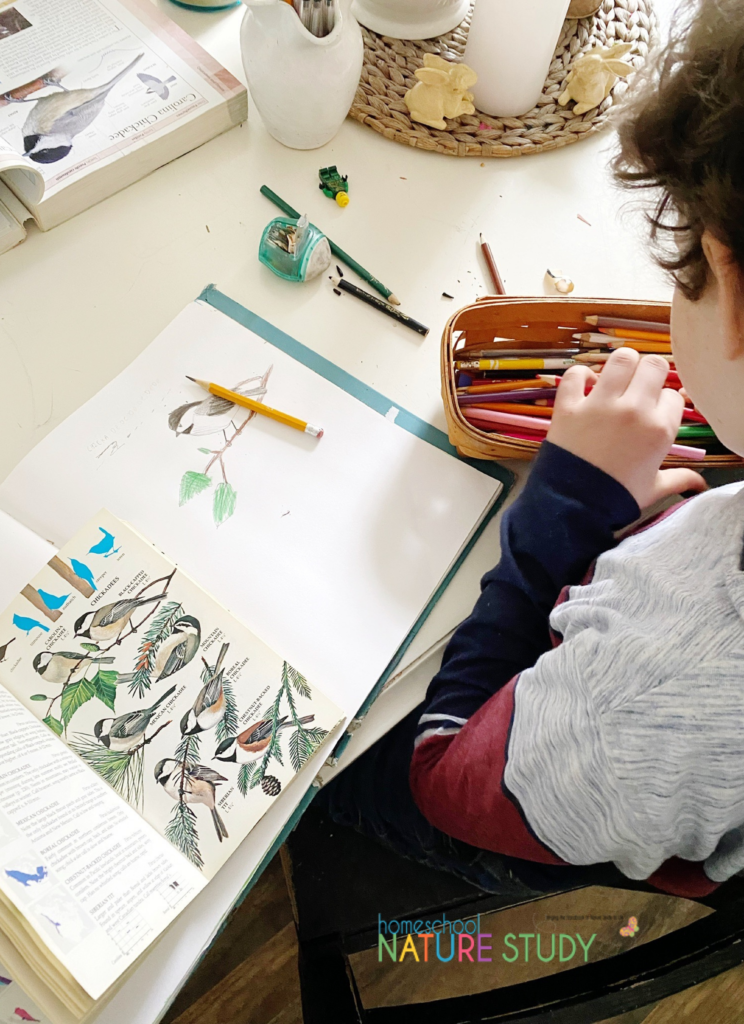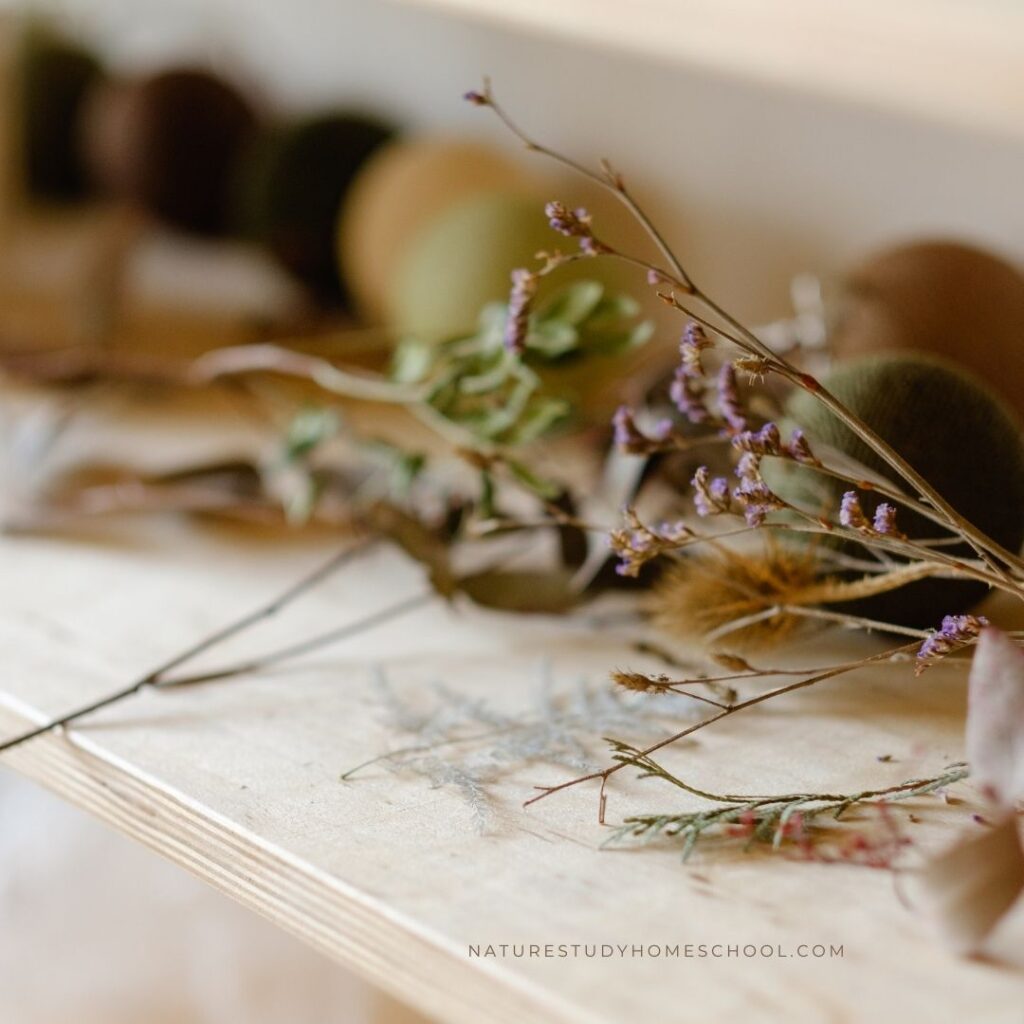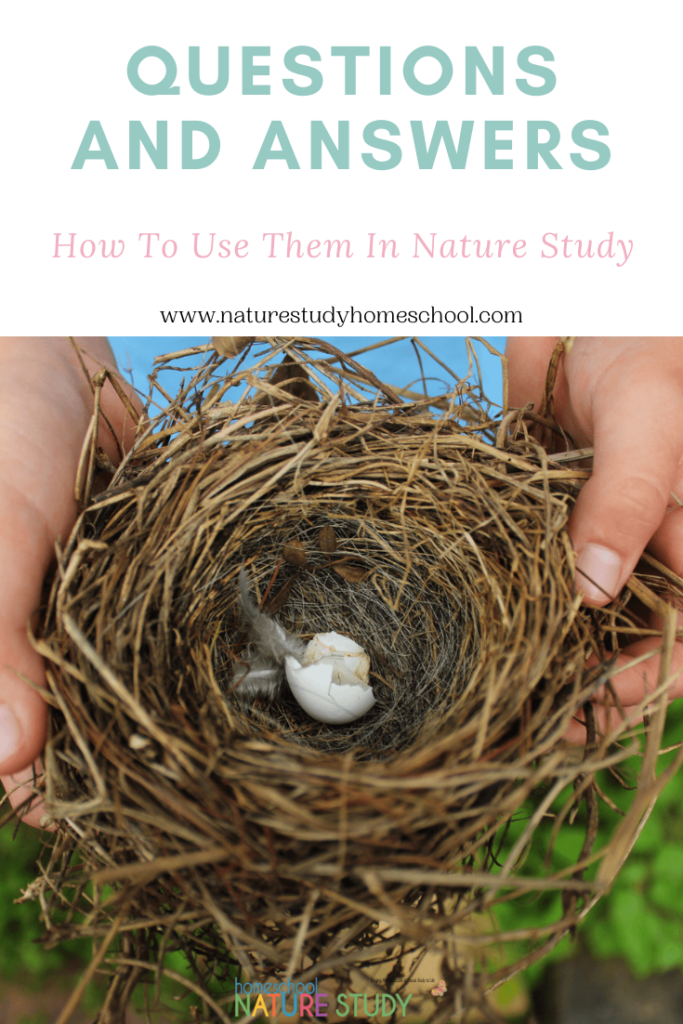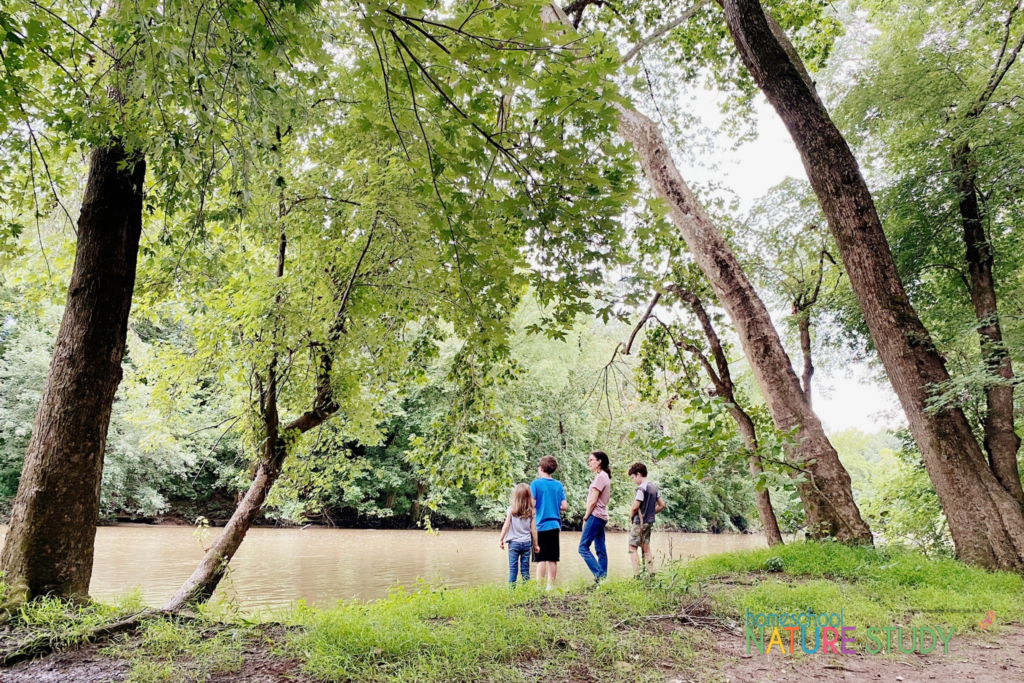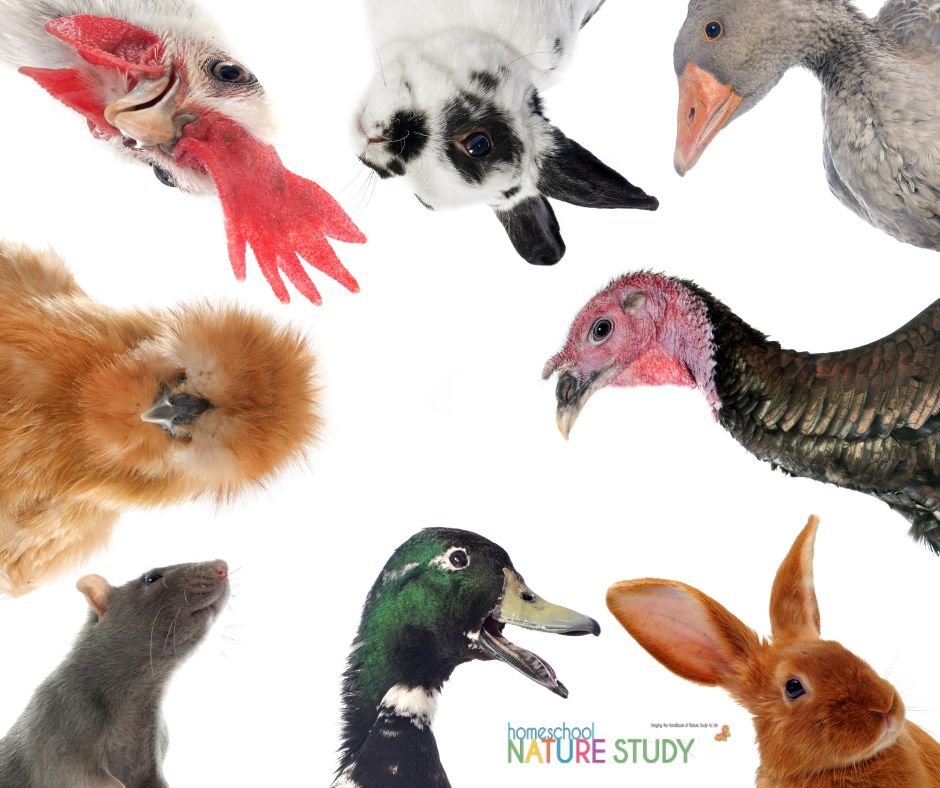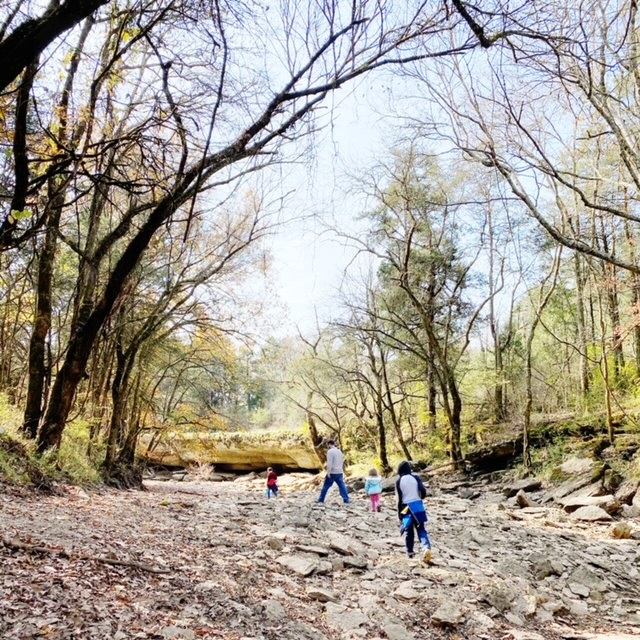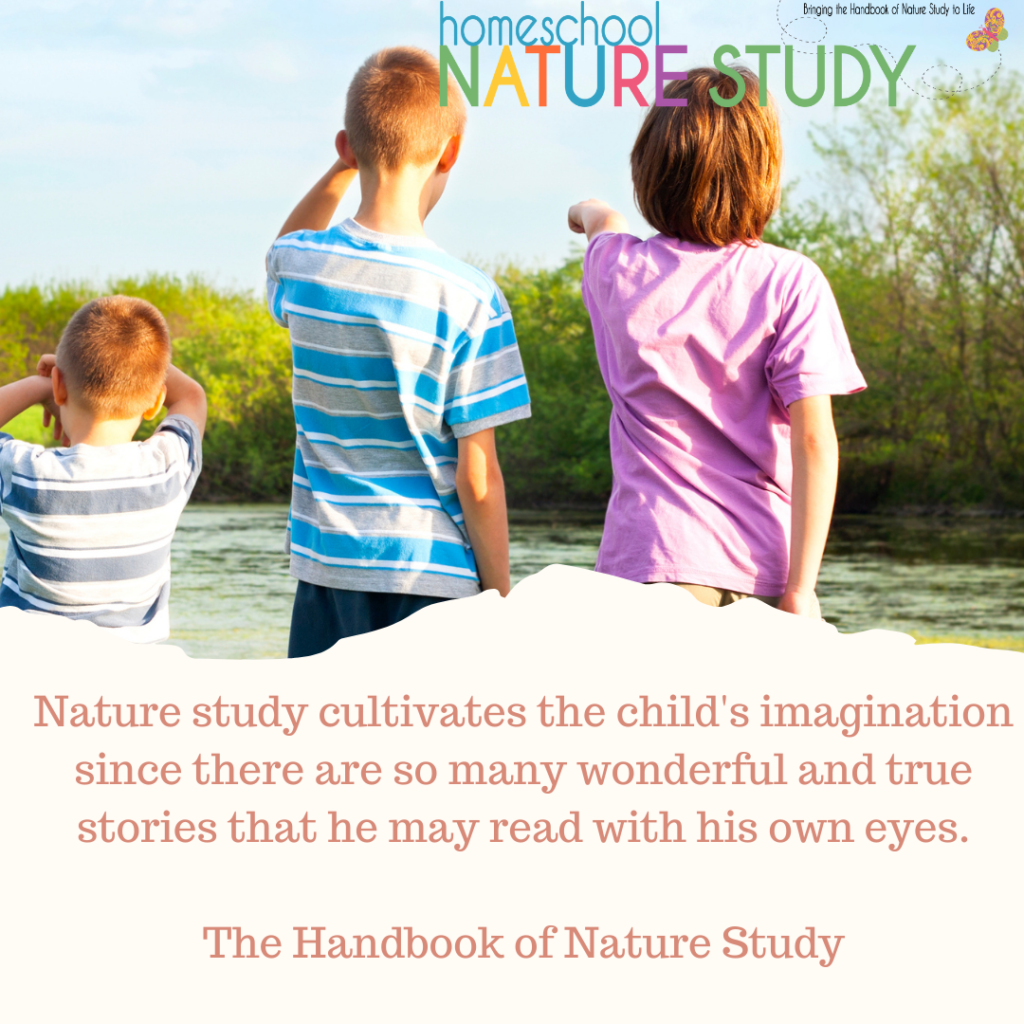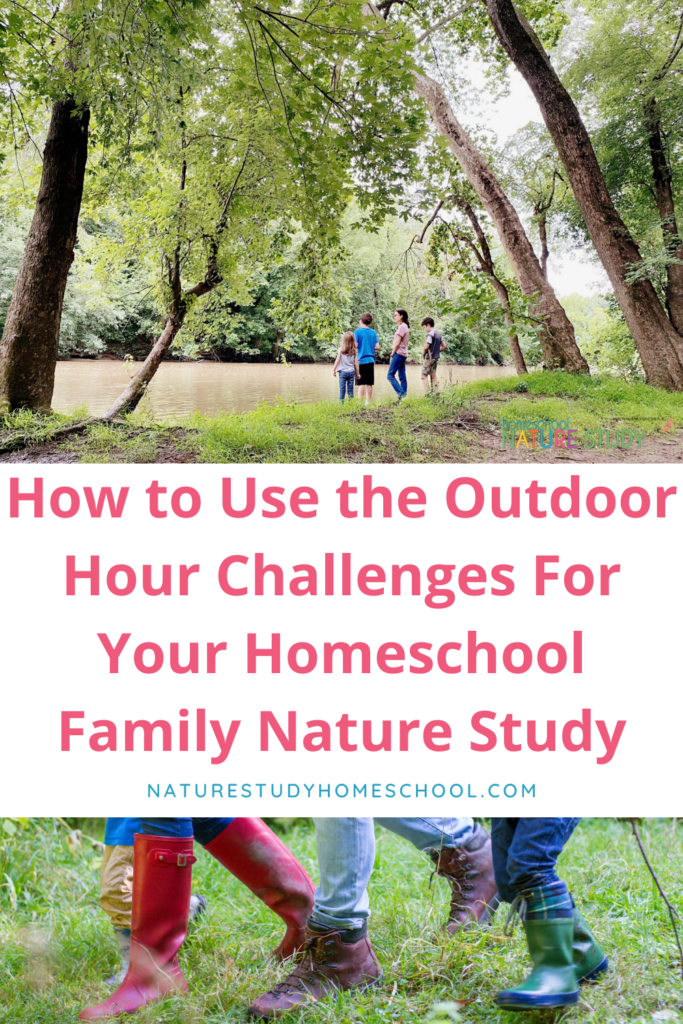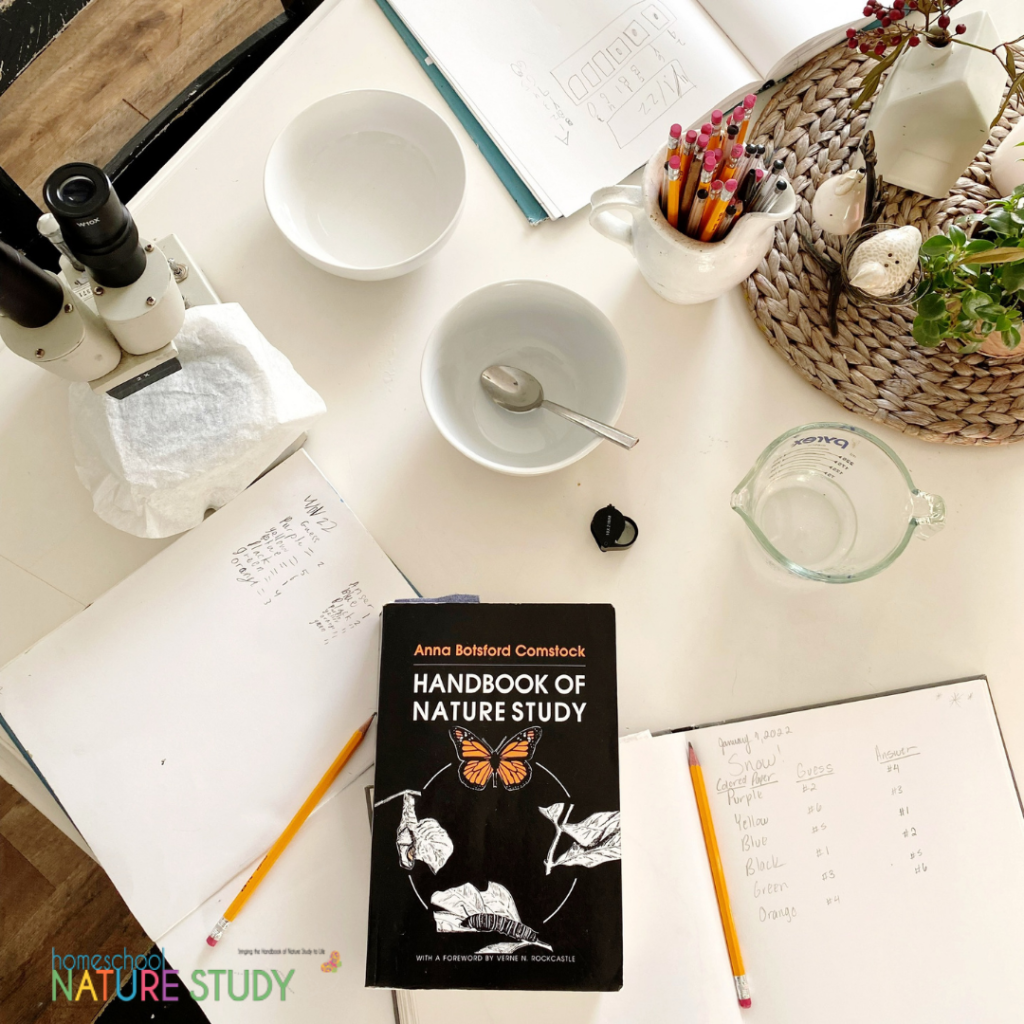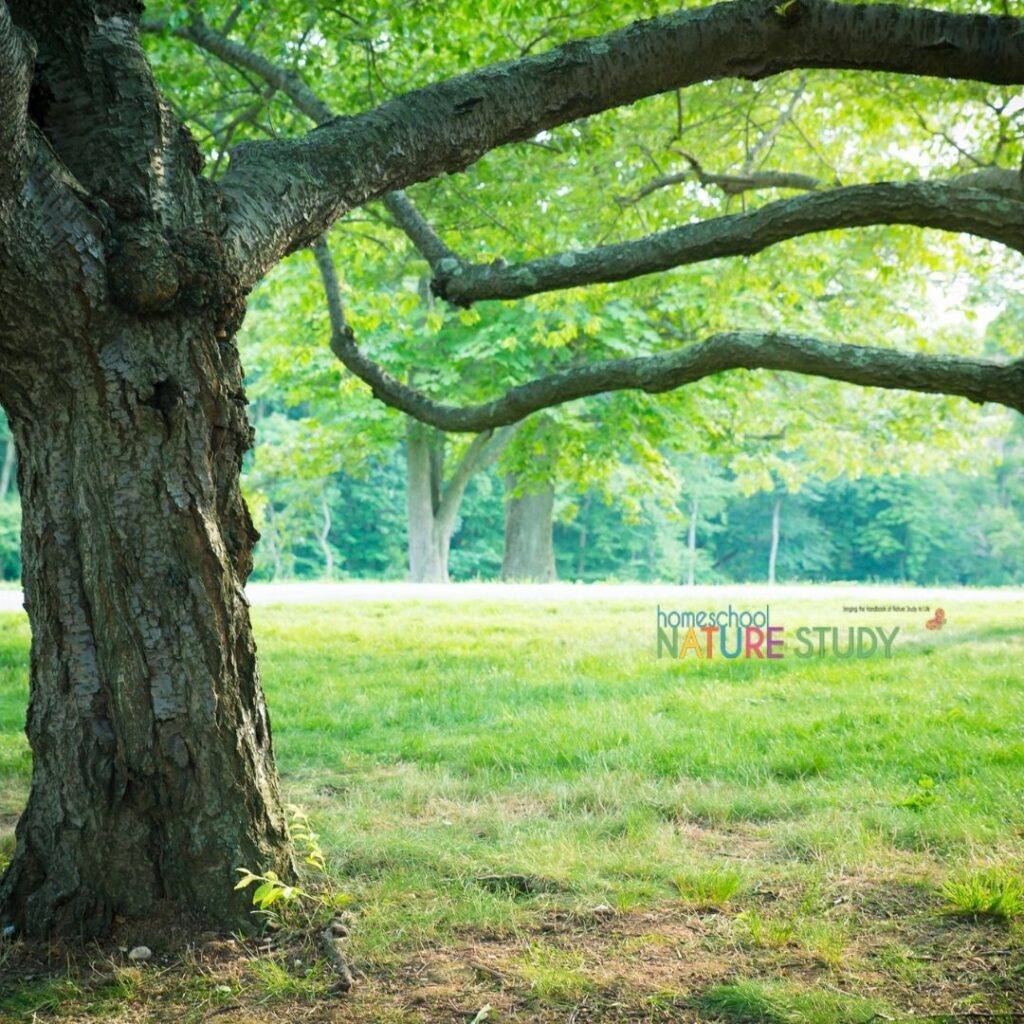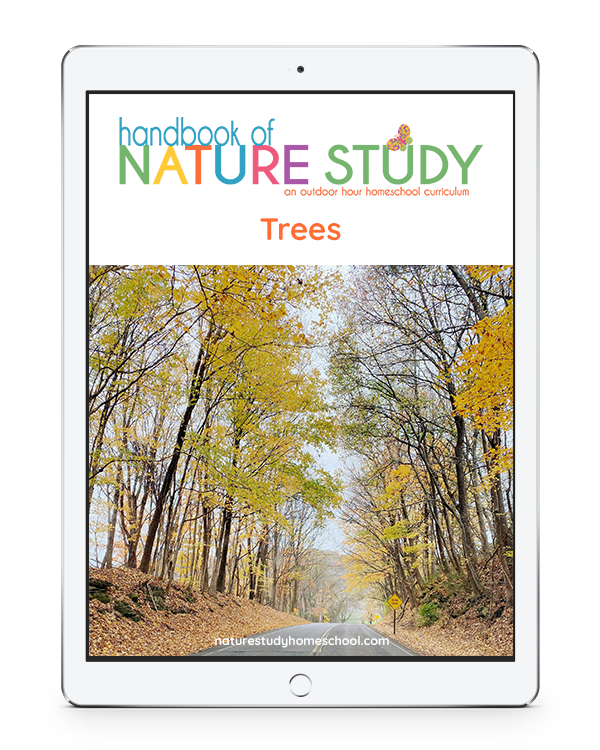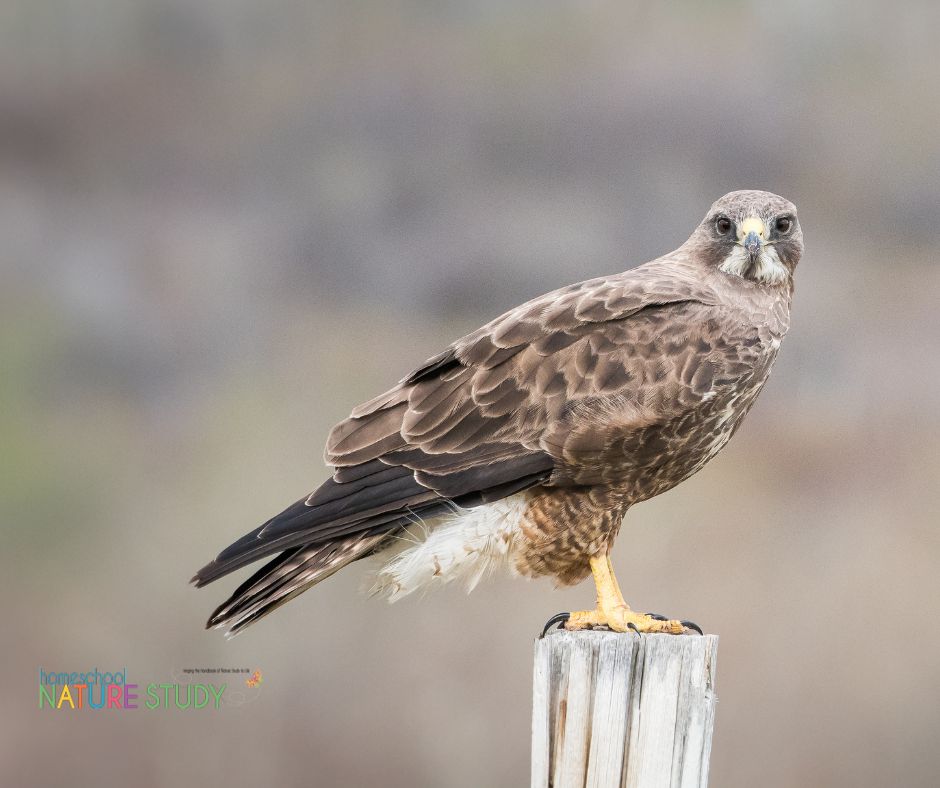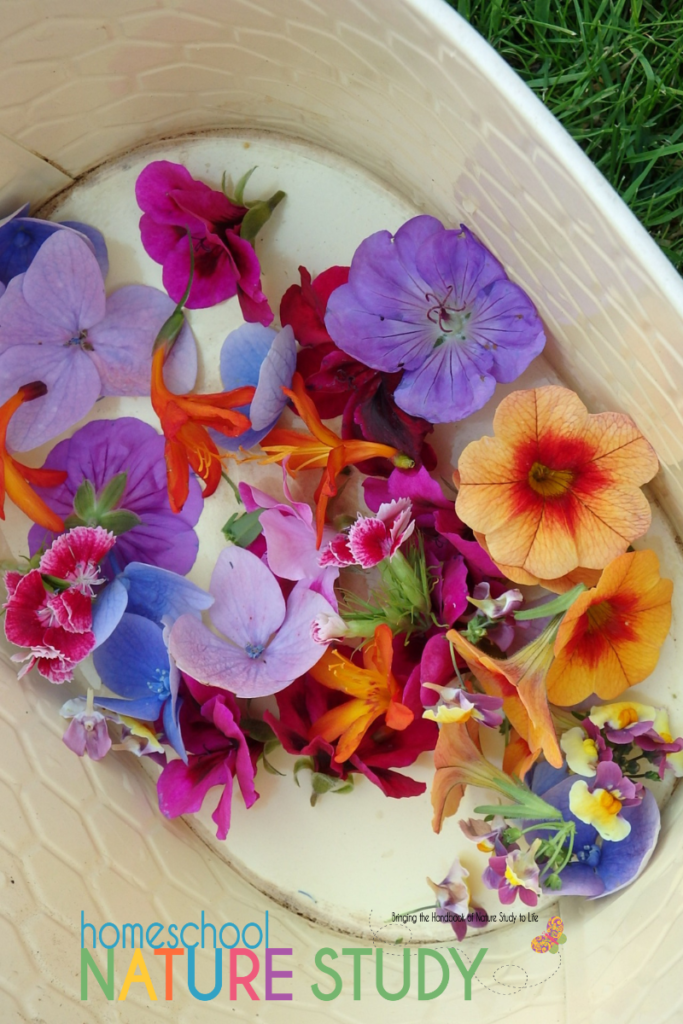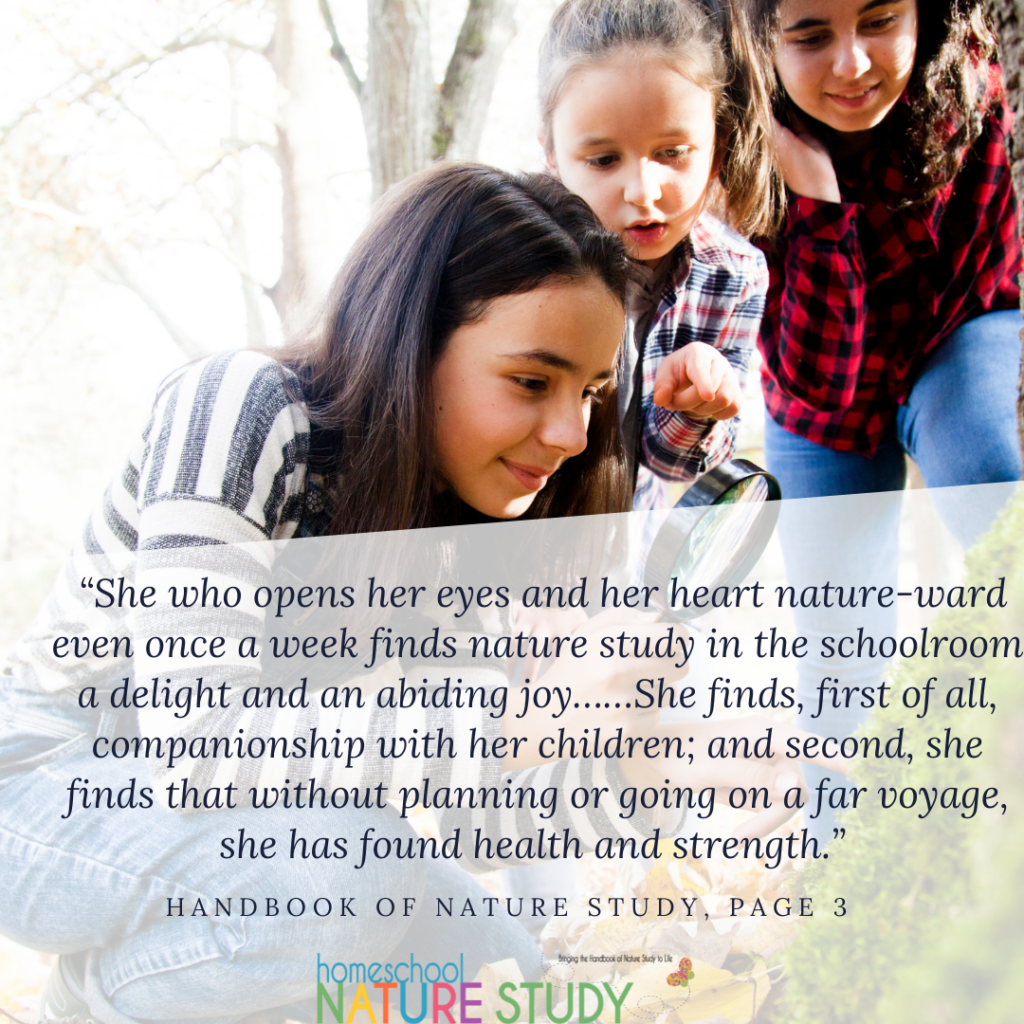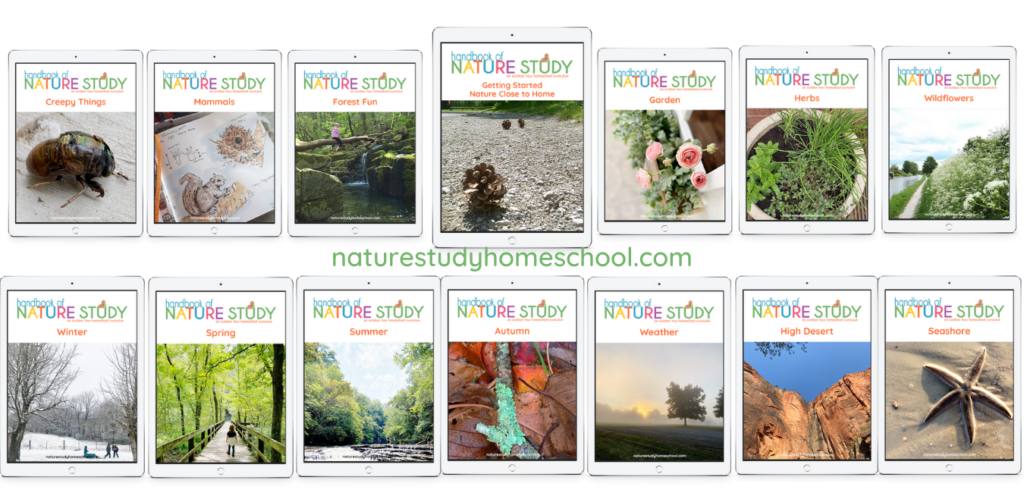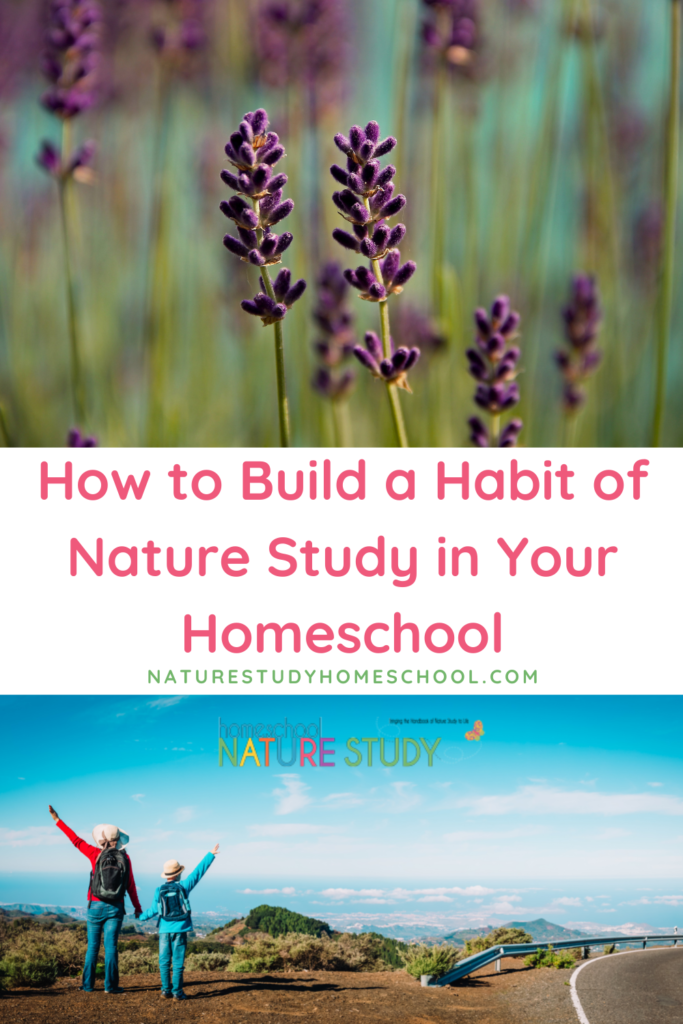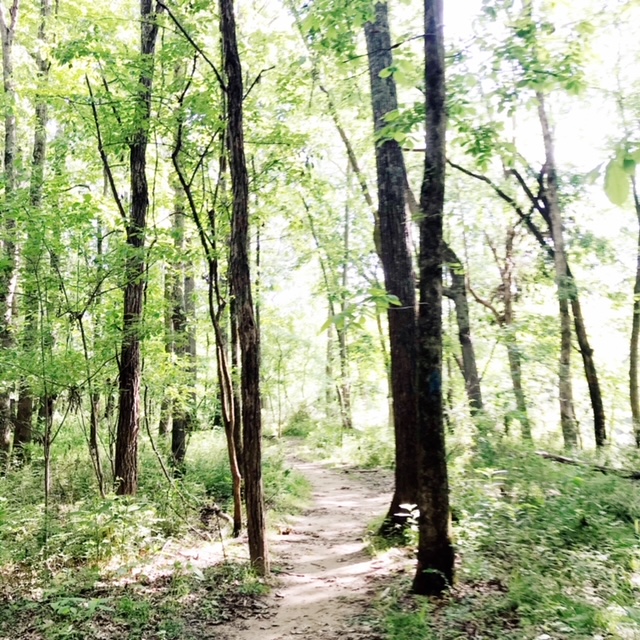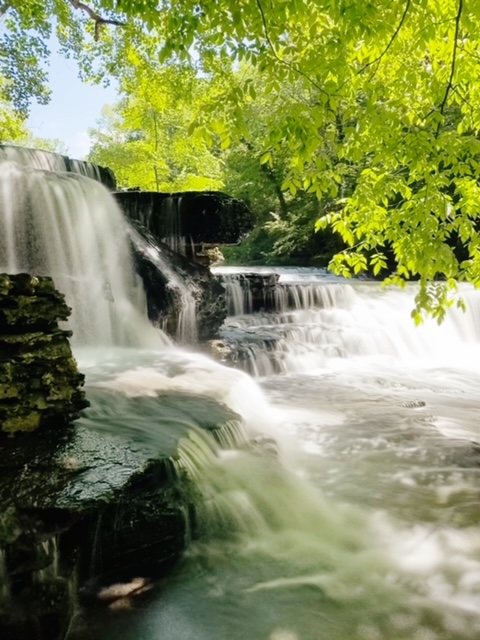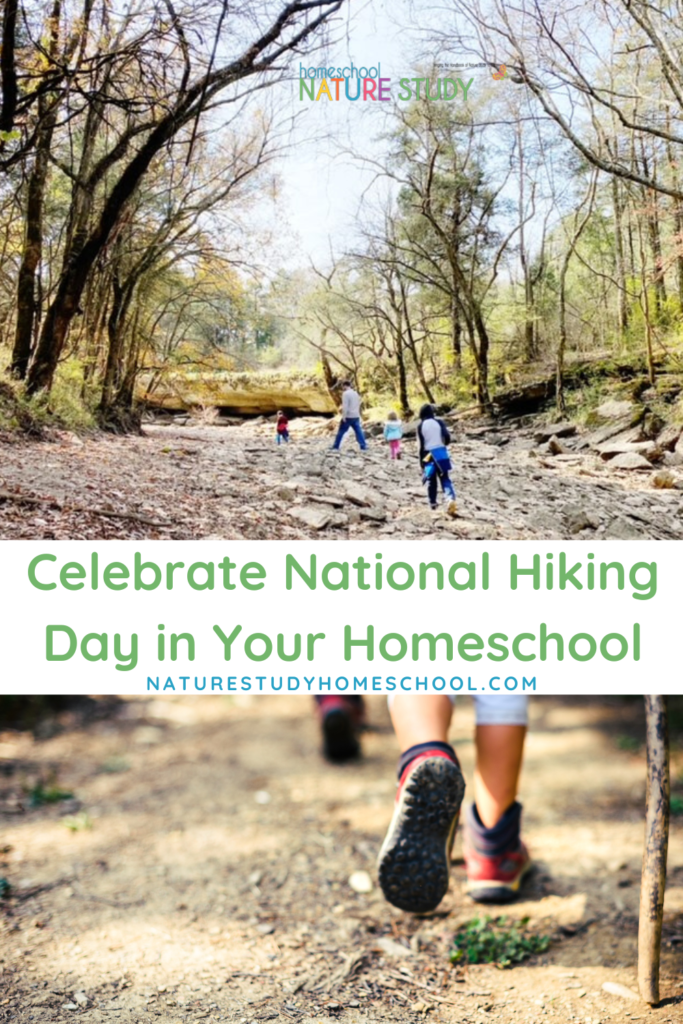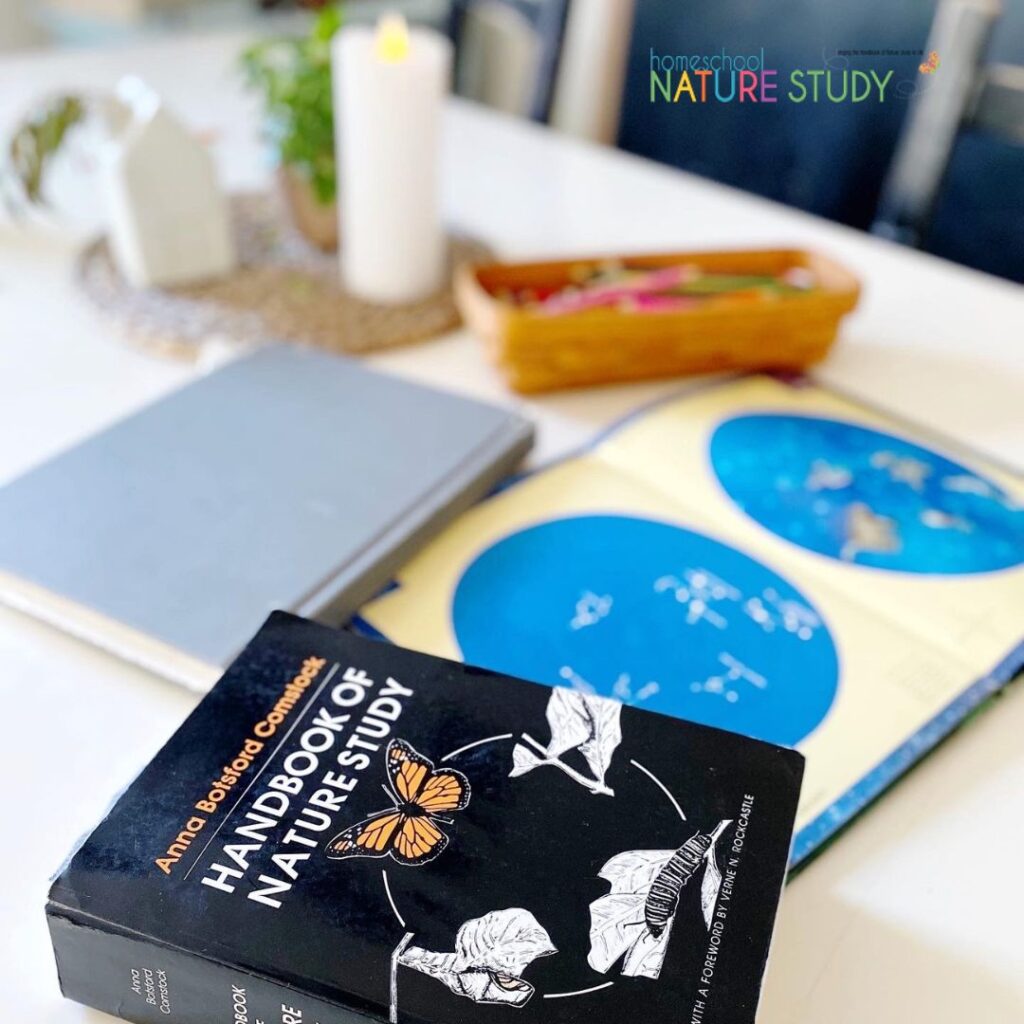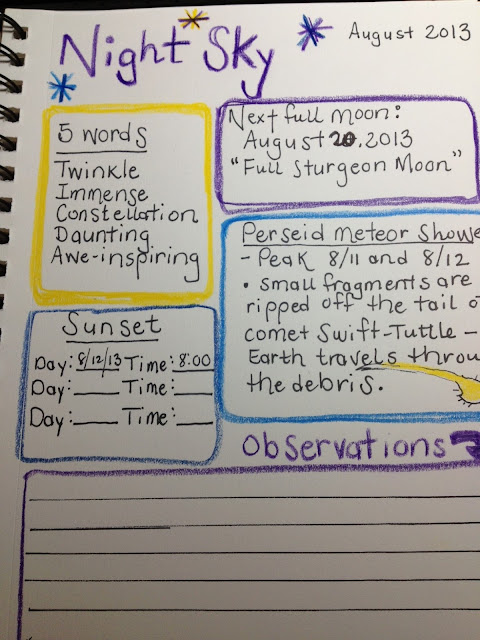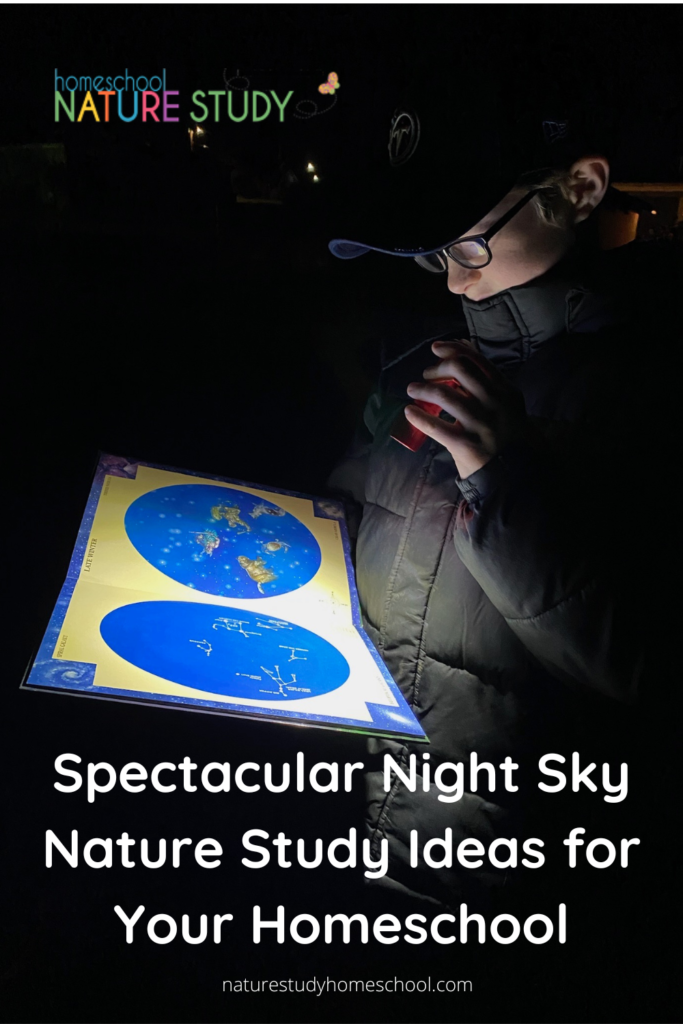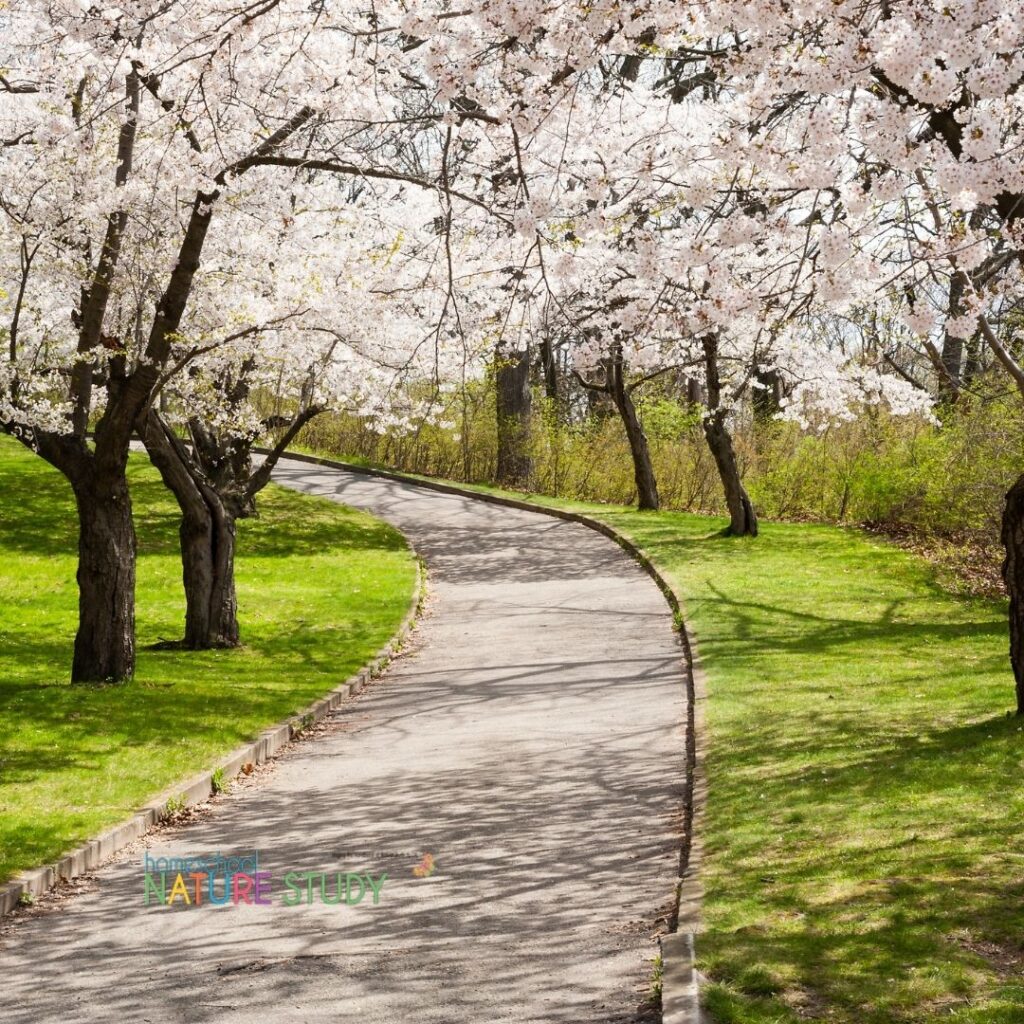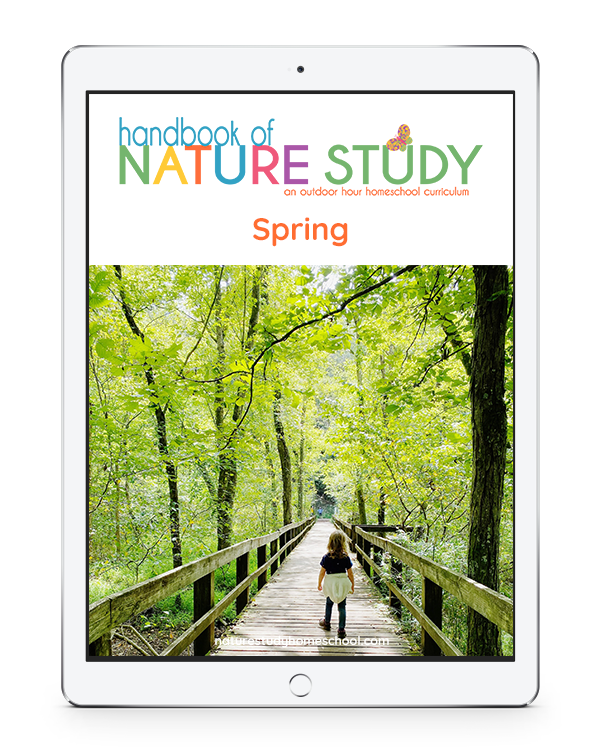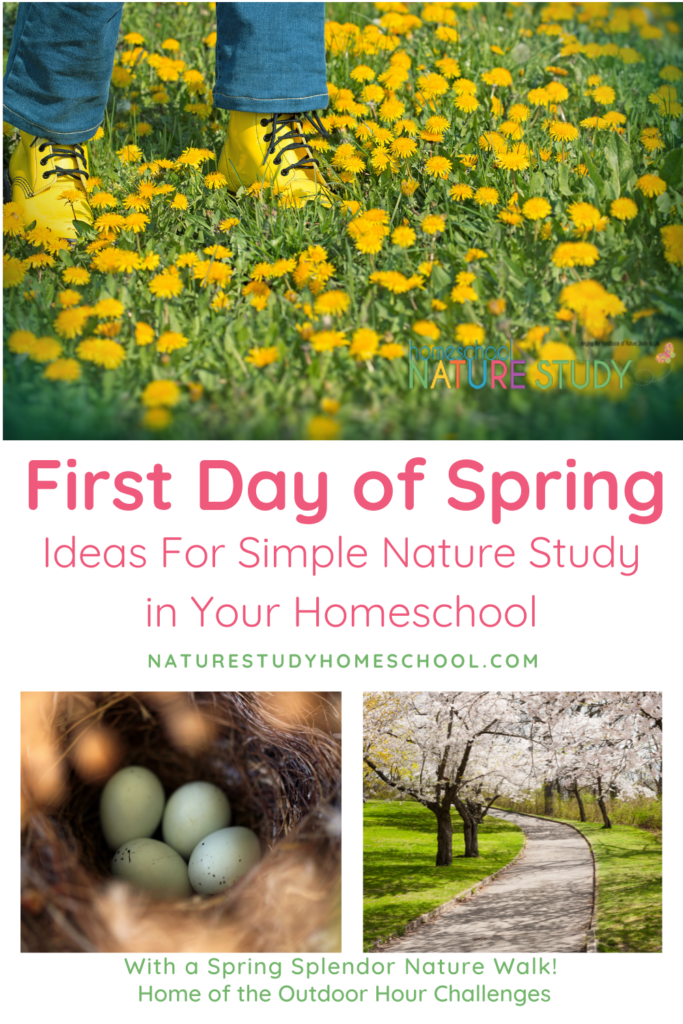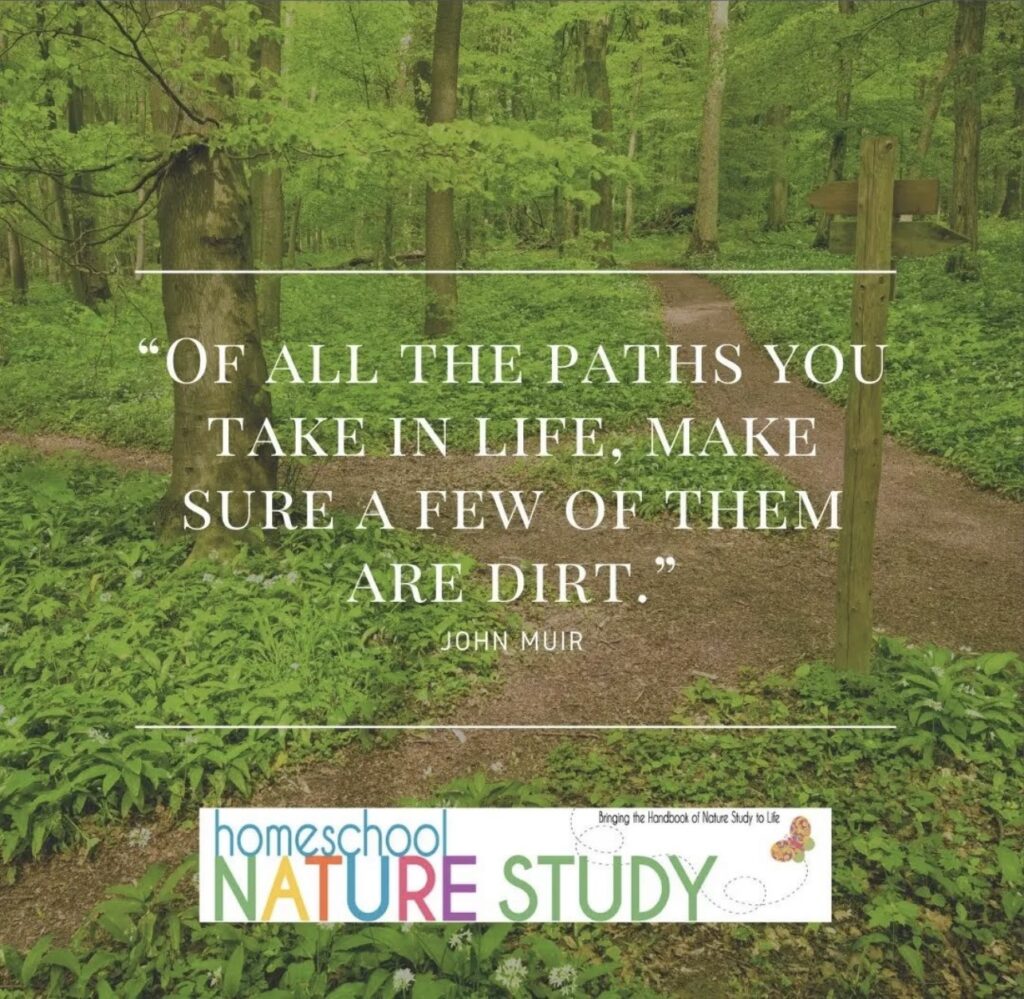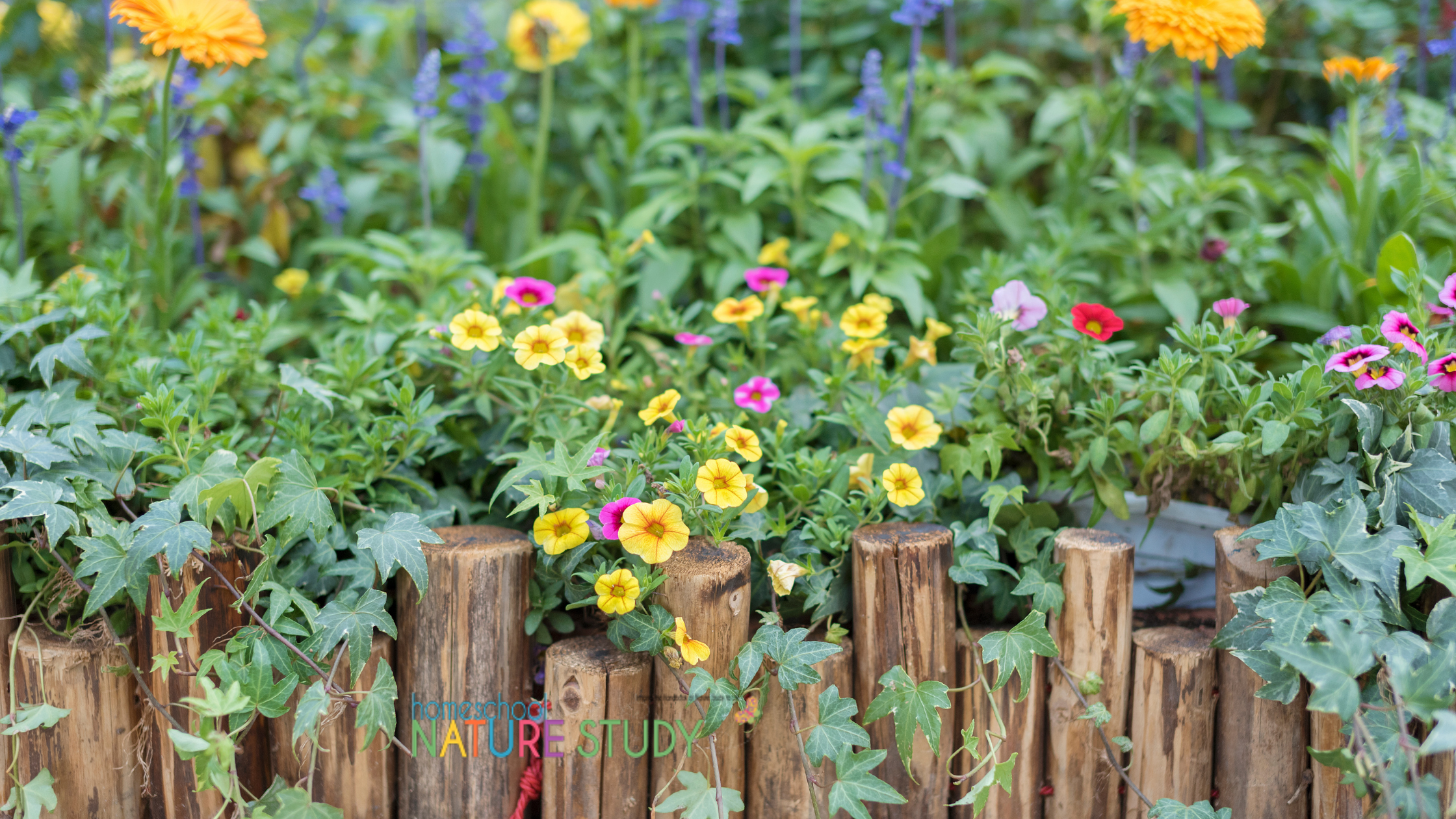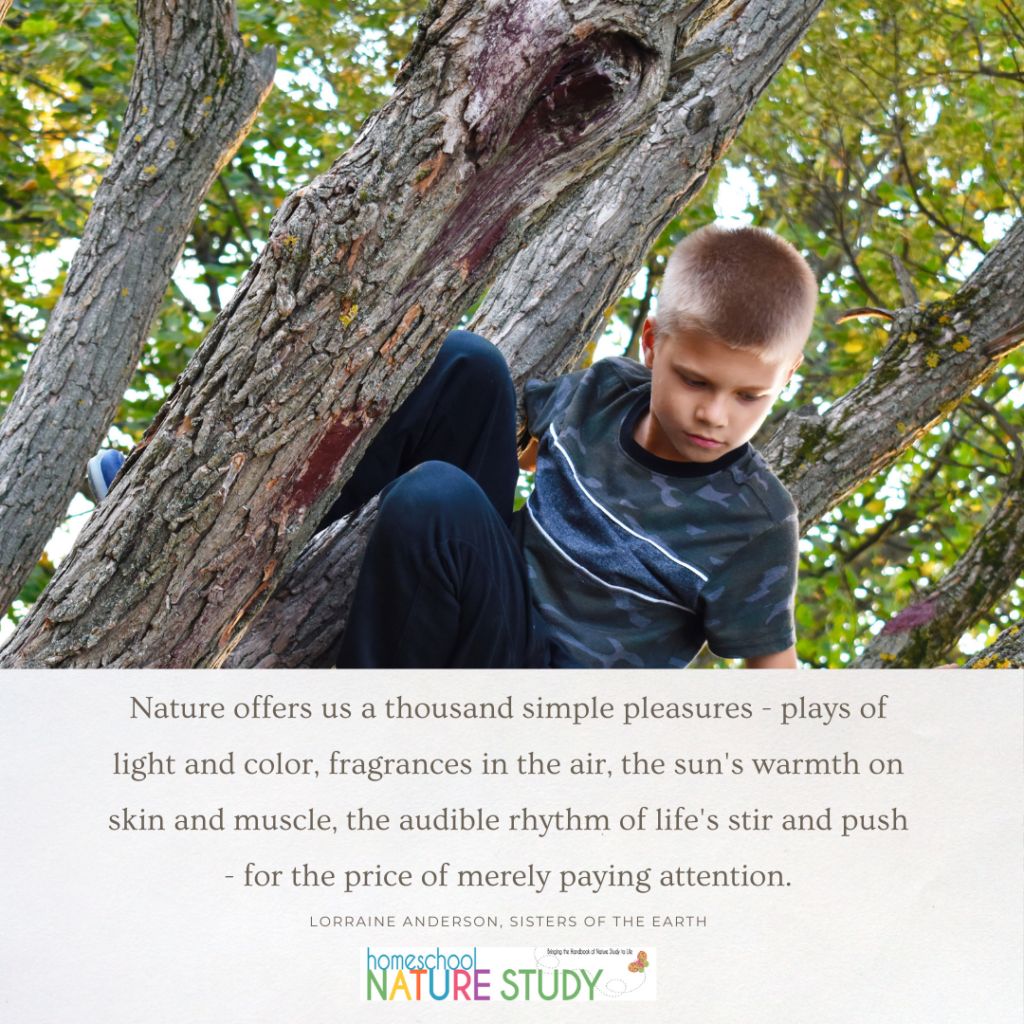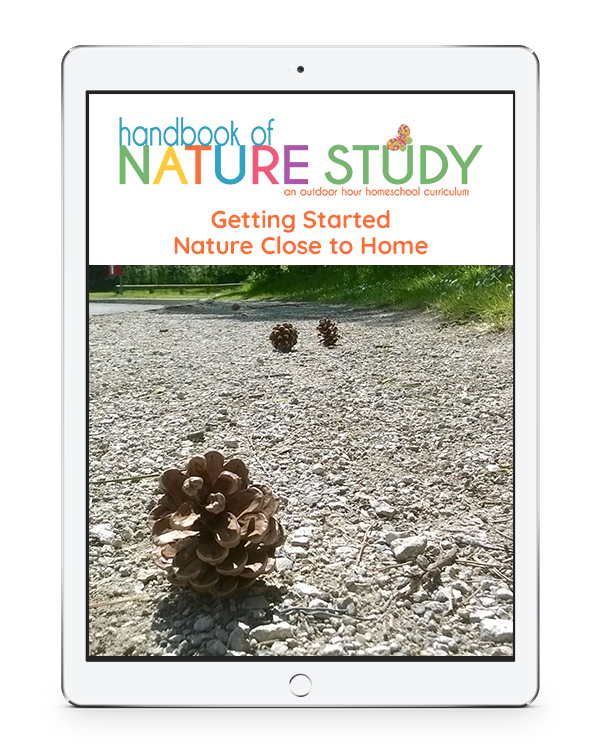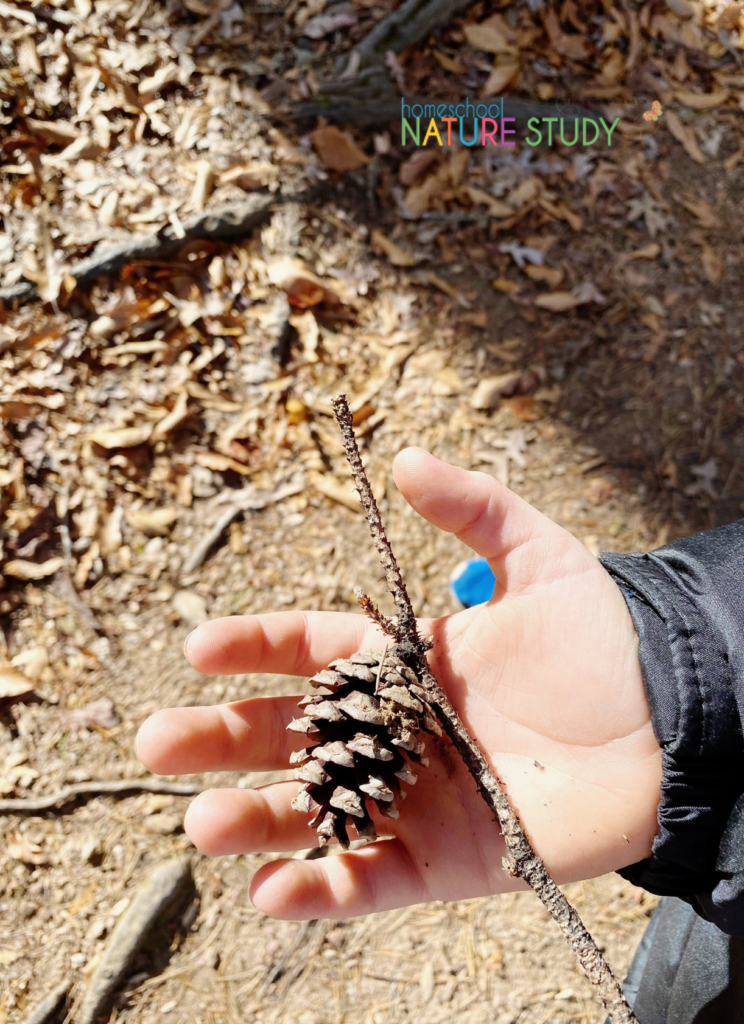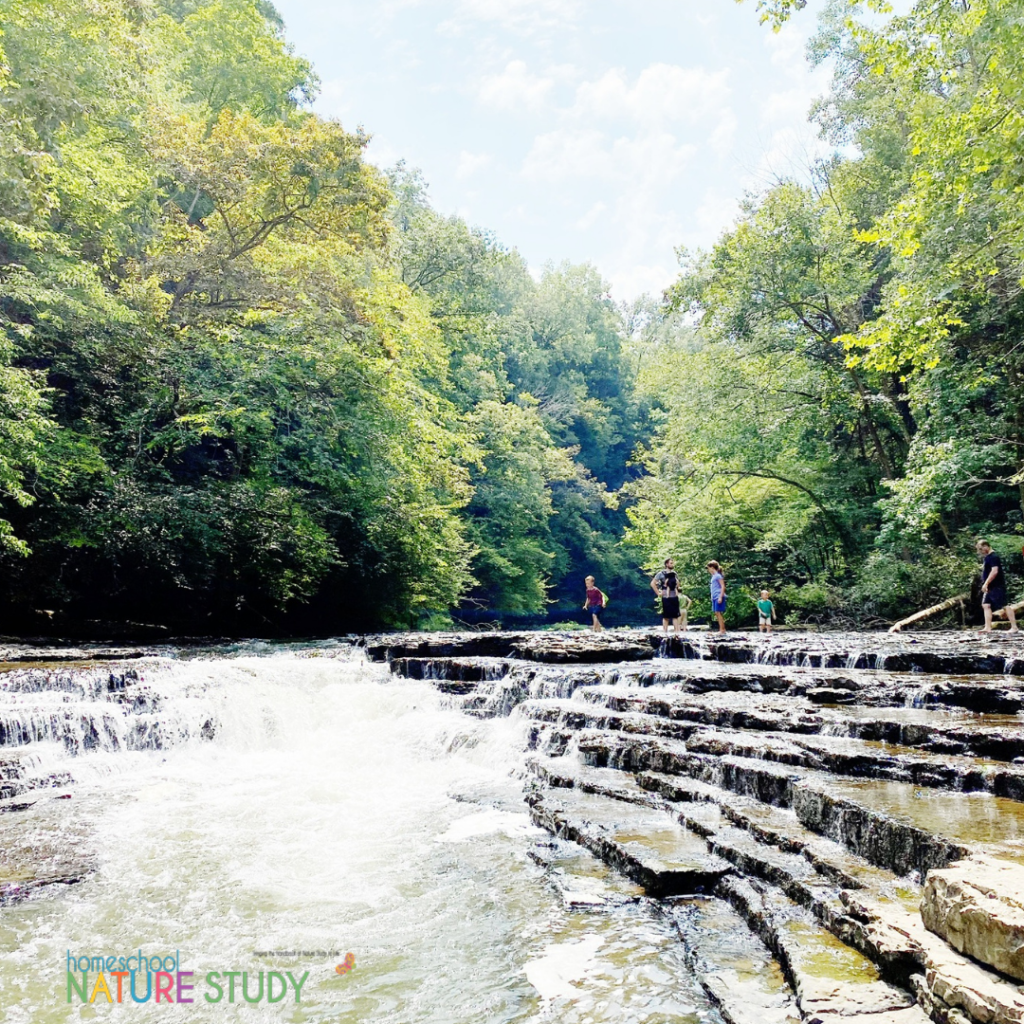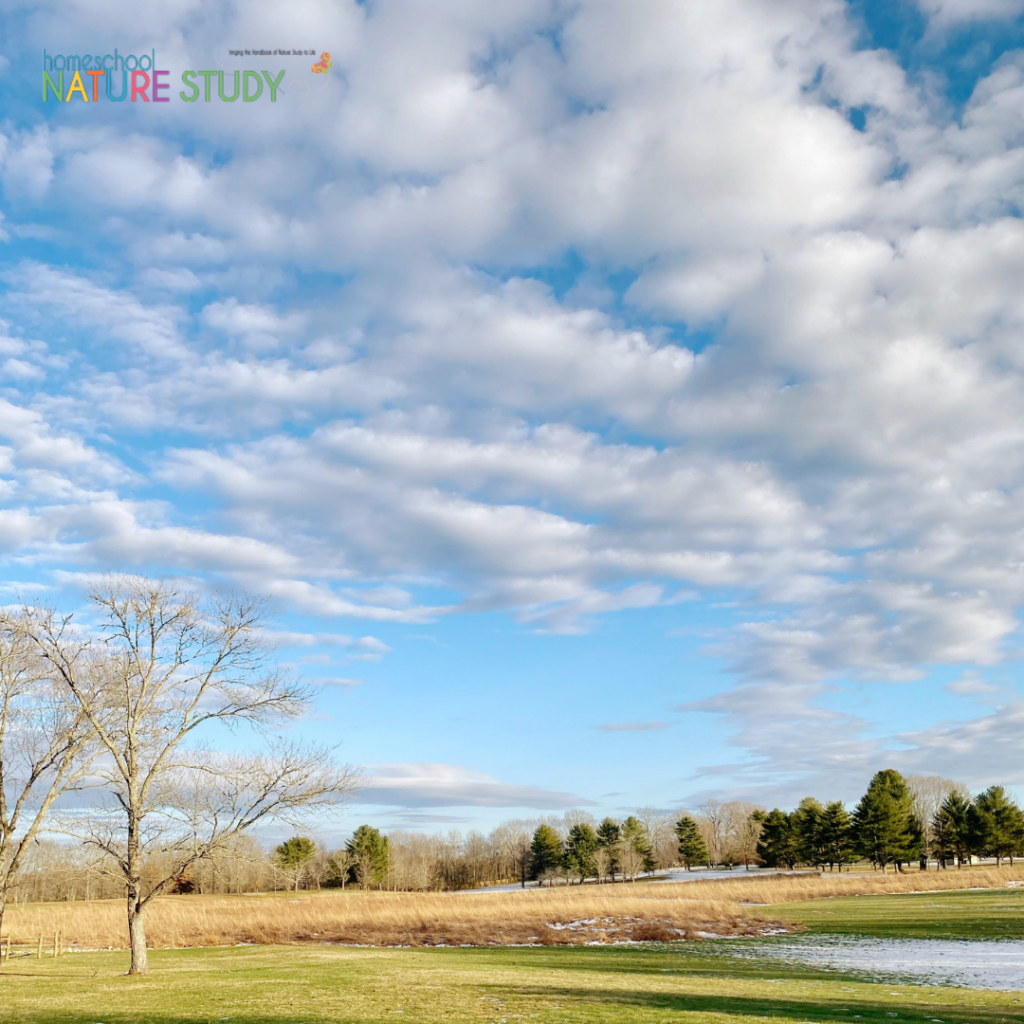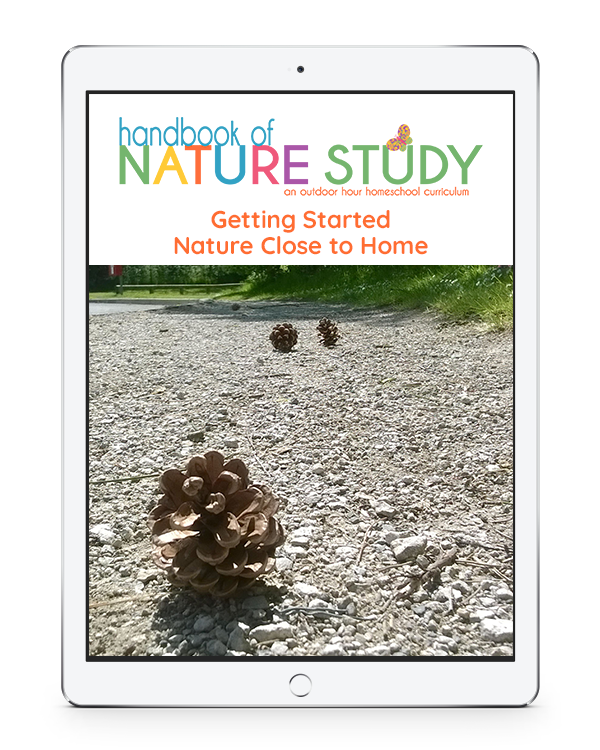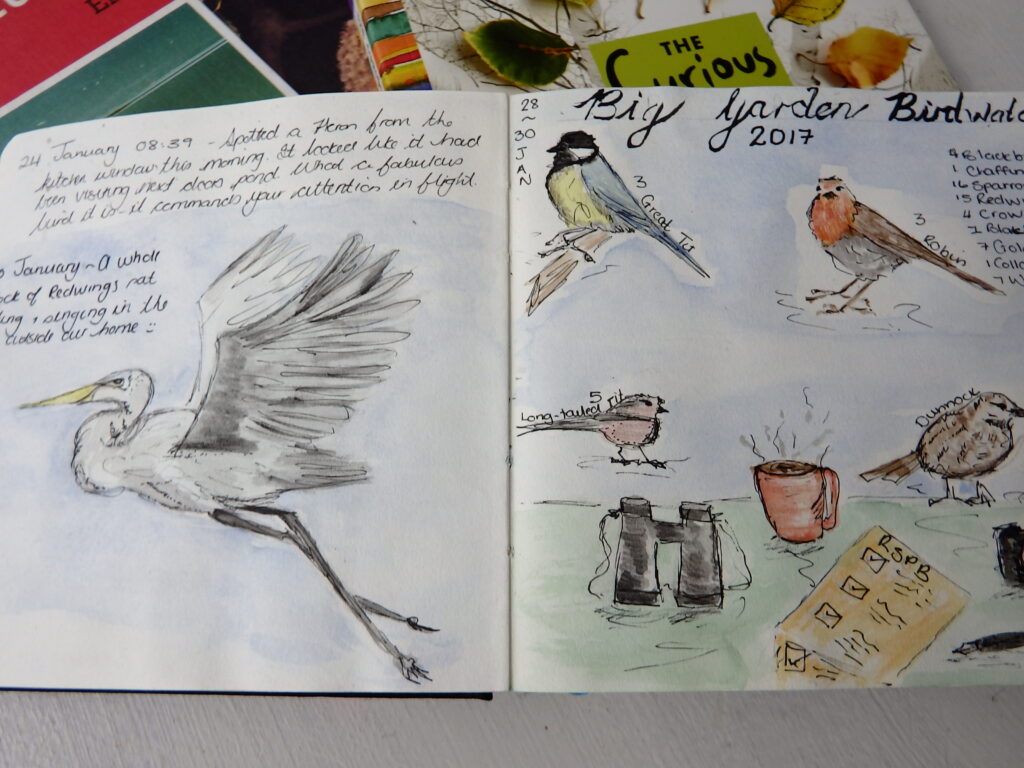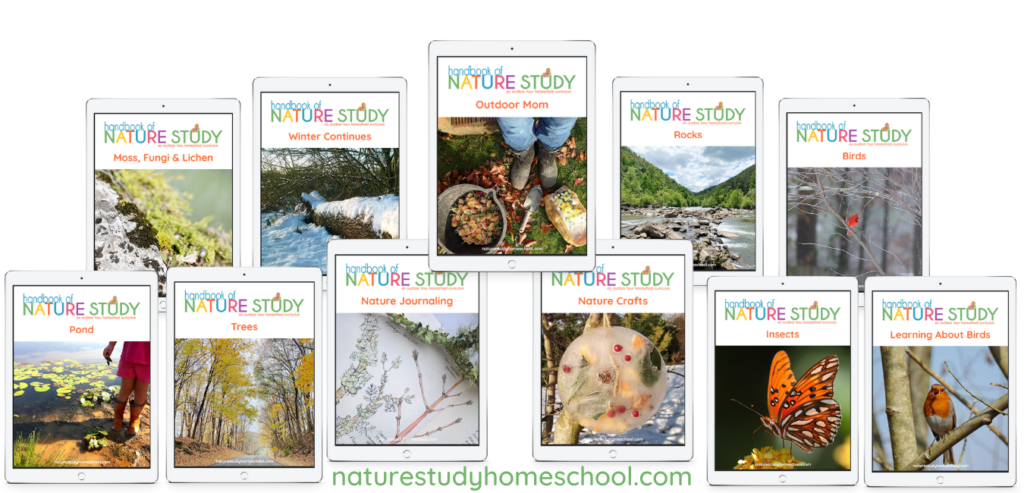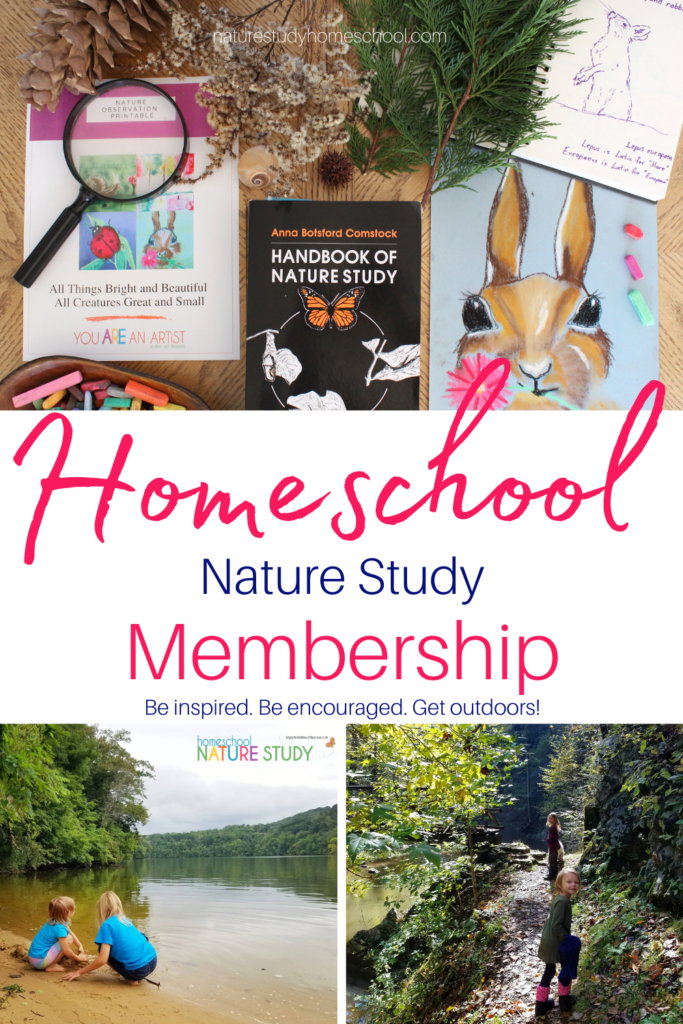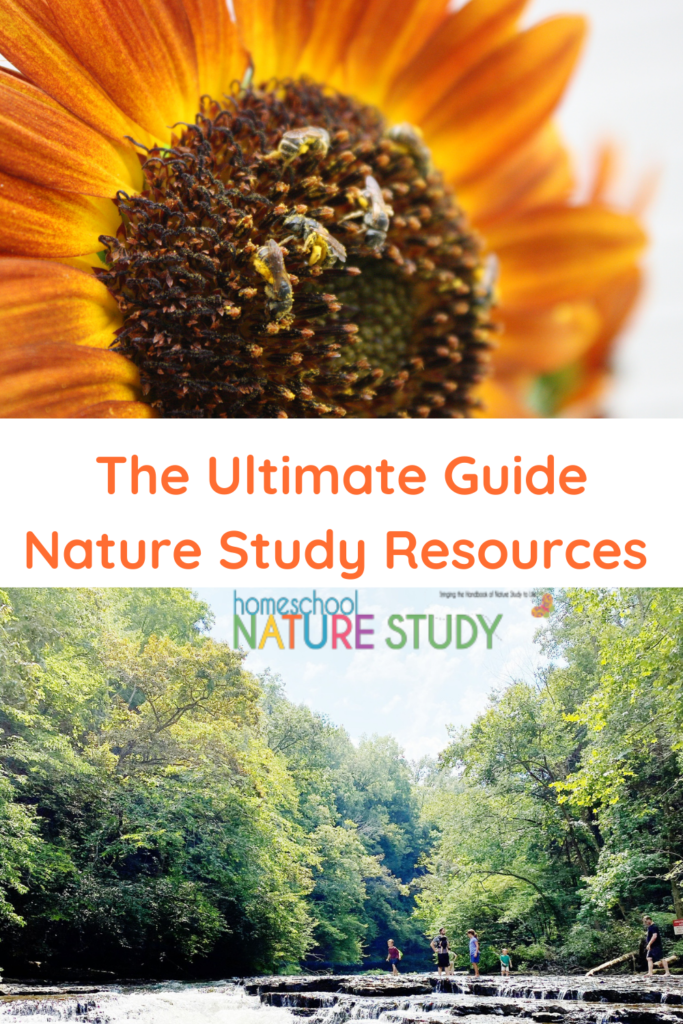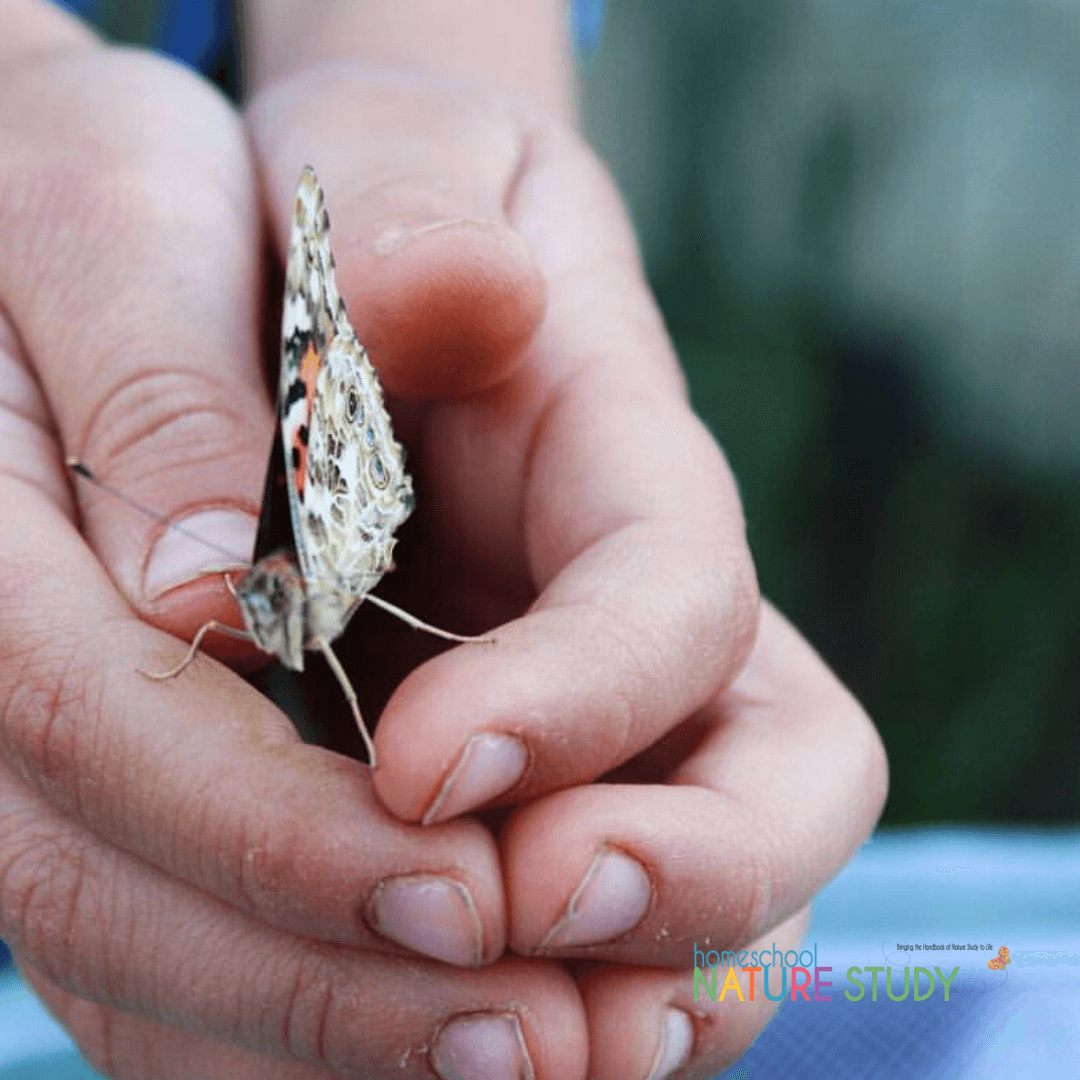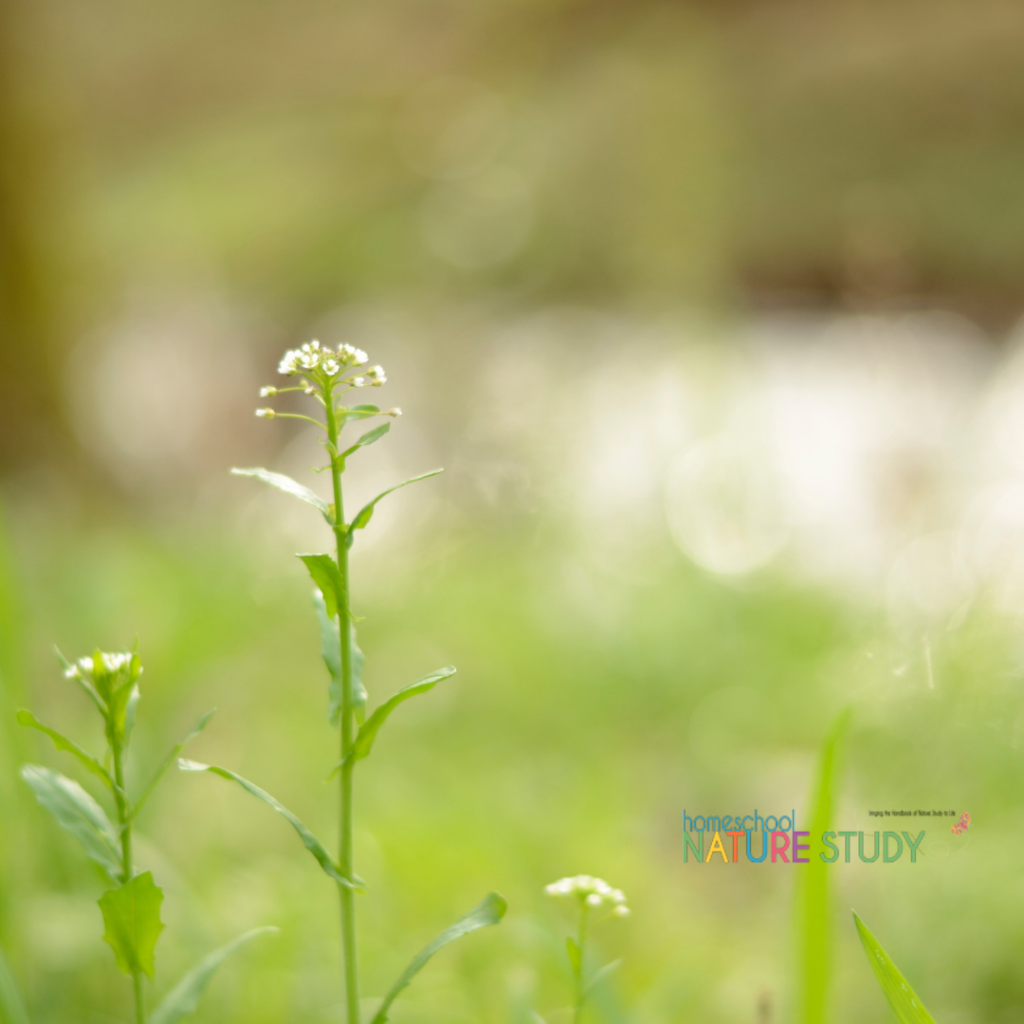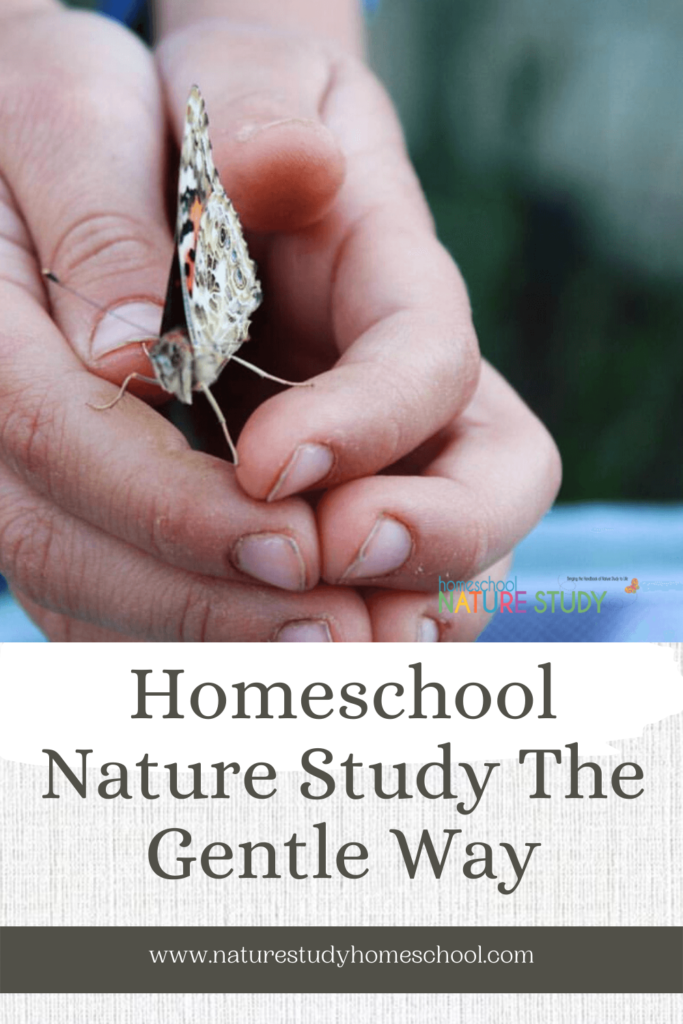Once my children were teens, our nature study sort of stalled out. I made the mistake of presenting our outdoor studies in the same way that I had always done with them in the past. I would pick a topic, share some information from the lesson in the Handbook of Nature Study, and then we would be out on the search for the subject.
It was a habit but not really the habit I had set out to create. Where was the enthusiasm I had seen when they were younger? Why did we end of feeling like it was an item to check off our to-do list? I knew we could do better.
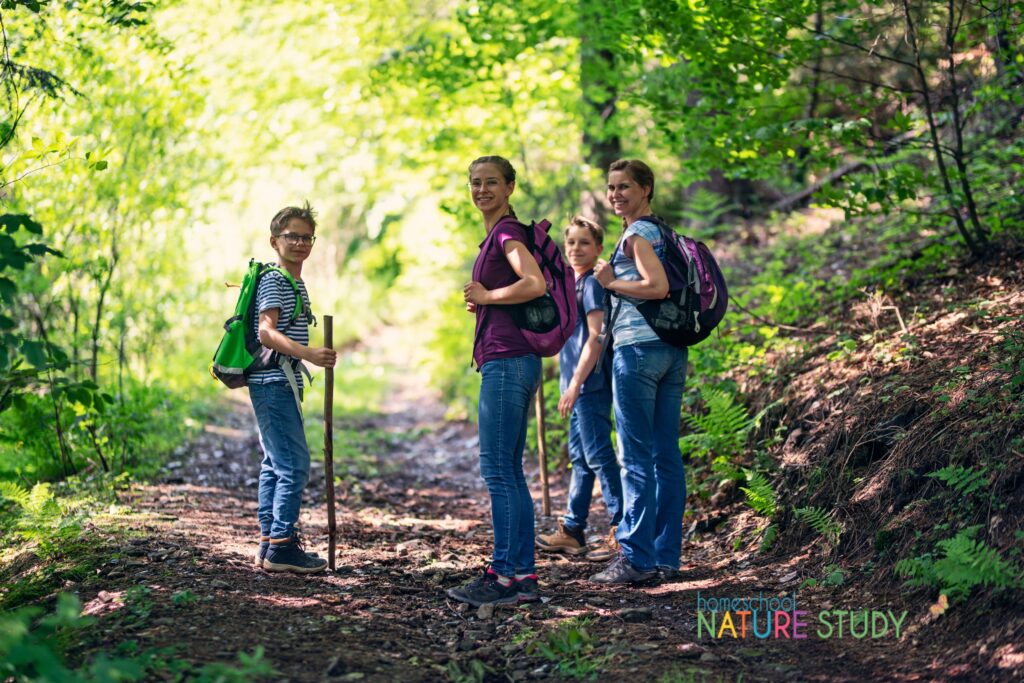
Homeschool Nature Study with Teens – Adapting to Different Needs
“Nature Study – It is the intellectual, physical, and moral development by and through purposeful action and reaction upon environment, guided so far as needed by the teacher.” John Dearness, 1905
“Some children are born naturalists, but even those who aren’t were born with natural curiosity about the world and should be encouraged to observe nature.”
Charlotte Mason, vol 2 page 58
The Challenge of Teens and High School Nature Study
These questions led me back to the internet to research more closely how nature study develops into upper level science.
“The Field Lesson. When planning a field lesson, three points should be kept in mind:
Nature Study and The Child, Charles B. Scott, 1900.
First. The aim, to bring the children into sympathy or in touch with nature, through the study of that part of nature in which they have been interested.
Second. The conditions out of doors, where the children are at home, where they must have greater freedom than in the schoolroom, and where it is more difficult to keep them at definite work, and to hold their attention.
Third. The necessity of giving each child something definite to find out for himself, and of interest to the children so that each will try to find out the most and have the greatest number of discoveries to tell.”
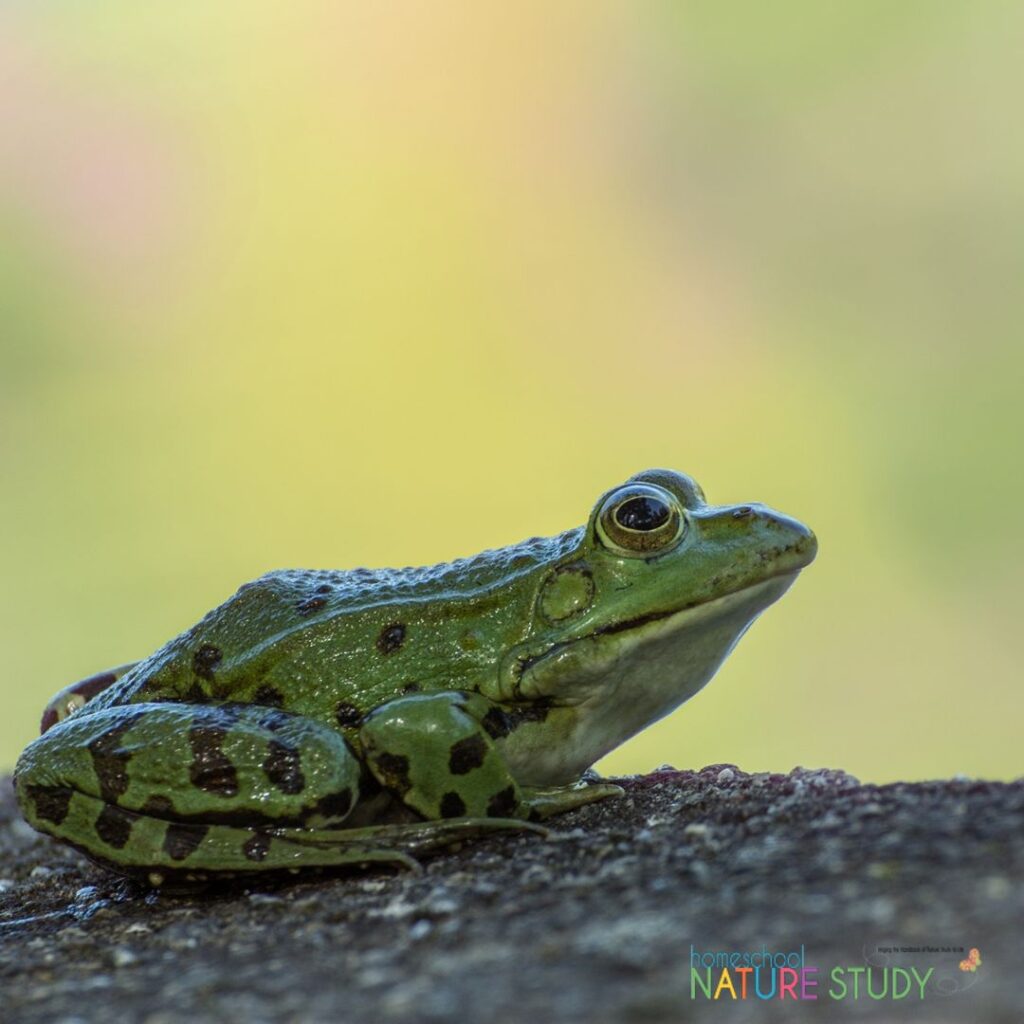
I found with my teenagers that there needed to be a different sort of follow-up to our nature observations…more than just a nature journal. They needed to be more connected to their nature study by finding patterns and relationships between past experiences and new ones.
“But true science work does not stop with mere seeing, hearing, or feeling; it not only furnishes a mental picture as a basis for reasoning, but it includes an interpretation of what has been received through the senses.”
Nature Study for the Common Schools, Wilbur Samuel Jackman, 1891
This is the part of nature study I found the most meaningful to my children. To take what they already knew and to build on it with new observations, developing a real interest in knowing more. I could no longer just relate facts, no matter how interesting the facts were.
Here is the key: Teens need to find the answers to their own questions and then express those answers in a way that makes sense to them.
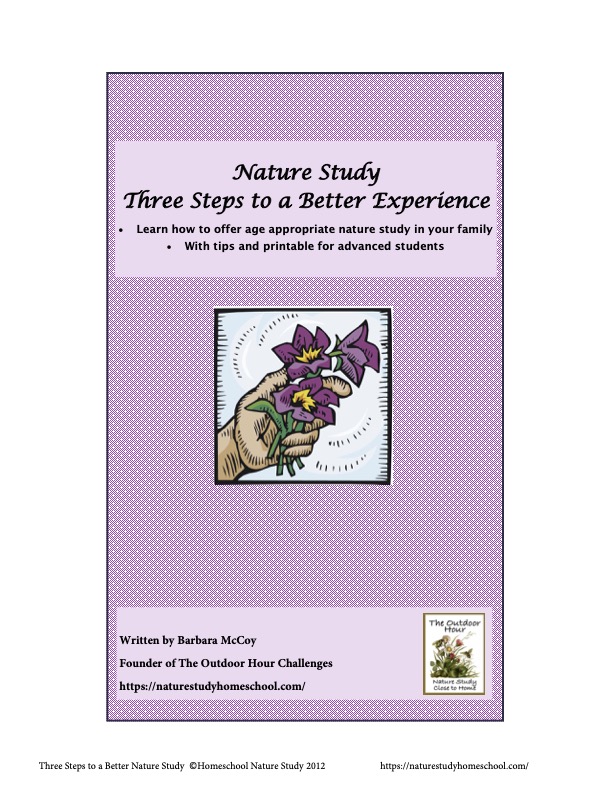
Three Steps To A Better Nature Study Experience for Homeschool Teens
My research found that this pattern – observation, reasoning, expression – is nothing new or unique to nature study. This pattern is the process that all science is built upon. I have created a printable that explains this process and you can download and read it here (NOTE: Homeschool Nature Study members have this guide in your Getting Started course in membership):
Three Steps to a Better Nature Study Experience – How to Offer Age-Appropriate Nature Study for the Whole Family
Homeschool Nature Study members will find this resource in your Getting Started course when logged in to membership.
If you are not yet a member, you can download this resource for free, below:
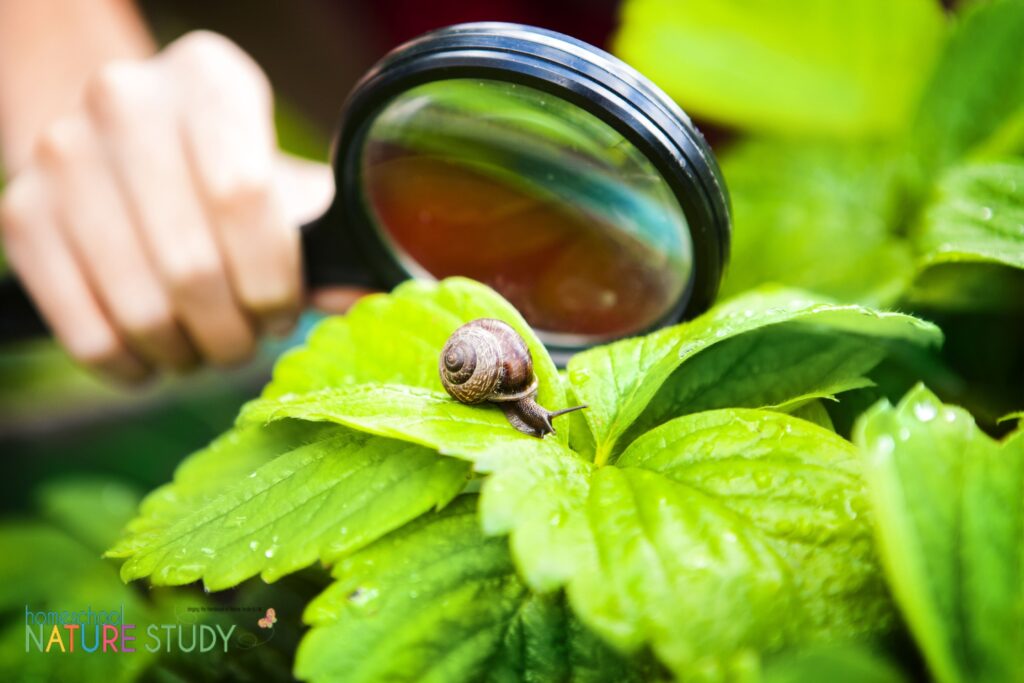
What Can Parents Do? How to Encourage Homeschool Nature Study With Your Teens
It would be ideal if all nature study could be spontaneous but that hardly seems practical in a busy homeschooling week. For ease of scheduling, there must be some provision for getting outside each week (or in a perfect world it would be every day).
Aim for three things in your nature study:
- to really see what you are looking at with direct and accurate observation
- to understand why the thing is so and what it means
- and then to pique an interest in knowing more about the object
What if my teen is still not interested in nature study?
Sometimes, despite all my efforts, my teens’ interest wasn’t equal to my interest in nature study. I could take them to the most fascinating places to explore and they would just want to sit and talk or take a walk by themselves. The setting was perfect and the subjects abounded, but they are more interested in throwing rocks or digging a hole.
I knew the value of getting teens to get outside and see the wonderful things that existed right there under their noses. I knew I could not force them to do nature study but giving up was not an option. The answer is patience. The best way to handle this issue was to allow them the space and time to experience nature on their own terms.
In My Homeschool Mom Experience:
Here is a real-life example My two boys and I regularly made visits to my dad’s pond together. When younger, they would go right to the business of scooping up water and critters and talking in excited voices about what they were finding. But once they reached the teen years, I noticed a different atmosphere, an attitude of “we’ve been here and done that”. I tried to remind myself that this was their normal teenage reaction to just about everything. They rarely appeared to be too excited on the outside. More often than not, they would later on relate the whole experience in a more favorable light to their dad or one of their siblings. Apparently, the outside of a teenager doesn’t accurately reflect the inside at all times.
So if you have older children and they appear to not be interested at first, don’t give up. It may be that they just aren’t showing it outwardly but inside the experiences are deeply affecting them. Don’t give up on the habit of nature study with your teens.

Enhancing a Nature Walk with Teens
Digital Photography: A love of the natural world does not come automatically for all children and sometimes we need to find a way to hook them into getting outdoors. Most of our children have a lot of screen time each week. Rarely are they without a device that has a camera function. Take advantage of this tool in enhancing your time outdoors!
Although there are advantages to taking a walk “unplugged”, there are distinct benefits to allowing your teens to take photos as part of their nature study time.
- It slows them down.
- Helps them focus and really see an object.
- Everyday things in their own backyard can now be captured and viewed.
- They can see the beauty.
- They make their own connections.
- Perfect for our teens…they are comfortable with the technology and love to share with their friends.

More Homeschool High School Nature Study Encouragement
Here is even more information on how nature study can enrich your homeschool teen’s high school experience:
- Homeschool High School Nature Study Ideas
- How Nature Study Enriches High School Biology in Your Homeschool
- Rock Cycle Activities for Middle and High School Homeschool Nature Study
- Homeschool Ocean Study and Marine Biology Resources
- Homeschool Bird Study for Different Learning Styles
Advanced Studies in Each Outdoor Hour Challenge Homeschool Nature Study
Each week when we release a new Outdoor Hour Challenge, we include advanced studies with our older students in mind.
Charlotte Mason Style Exam Questions for Homeschool High School
Several of the courses included in Homeschool Nature Study membership include Charlotte Mason style exam questions for advanced students. Author Barb McCoy says, “This series has proved to be a huge success in our family, helping to bring nature study up to a level for my teens. Also, I saw families with large age ranges of children completing the challenges together, each on their own level and enjoying it.”
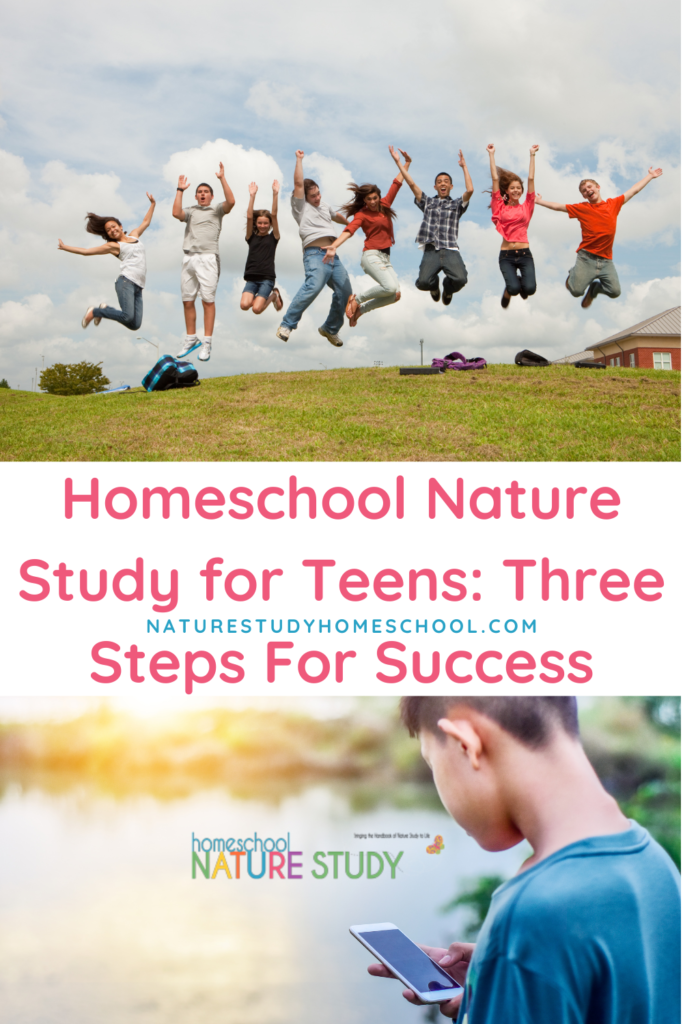
Include Nature Study in Your High School Plans
Gradually I have learned the value in allowing some leeway in the high school nature study topics we learn more about because I can see the growth in my children’s love for and connection to the world they live in. I hear their appreciation for the complex system of life that was created for us to enjoy and benefit from.
Written by Outdoor Hour Challenge founder, Barb McCoy and updated by Tricia.

